Sommelier This Week - May 6th 2021: How This Week’s Protocol and App Progress Weaves Together to Make a Product
This week, Sommelier co-founder and VP of Product, Jack Zampolin, shares what’s top of mind on the Sommelier app and protocol progress. “I got a sneak peak at the demo for Sommelier’s app on Uniswap v3,” says Jack. “It’s working! May 12th is our launch date and we’ll have one week of nonstop events on Sommelier and Uniswap v3. I’m very excited about that. Next week we’re going to launch the beta.”

NOTE: Sommelier Uniswap LP Impermanent Loss management application is live at https://app.sommelier.finance. Take a position today!
On the protocol side, the team also made some great progress this week. Jack reports: “Steven from the VolumeFi team has been spiking on the Cellar contract, which is basically the fungibility of Uniswap v3 liquidity into a pool share”.
Fungibility is the property of a thing, which means that any one piece of it is equivalent to another piece of it. Jack explains:
“In Uniswap v2, when you deposit liquidity into the Uniswap pool, the share of that pool that you get is fungible. However, with Uniswap v3 because you have to specify where you’re deploying your liquidity within the pool, that has made liquidity within Uniswap v3 pools nonfungible. That’s because each liquidity share has to have additional data to it. So, the contract that Steven is working on has a lot of these nonfungible positions and makes a fungible share out of that. The pool calculates the total value of all of the liquidity within the nonfungible shares and says that’s a whole and I’m going to sell pieces of that. So it takes nonfungible tokens in Uniswap v3 pool and it makes them fungible.
A contract that manages all of the liquidity is an ERC token, it has a supply in addition to the other stuff it does. One of the things that it does is it has an allocation in the contract that says that whenever you’re adding new liquidity we’re going to put it in this range. This is what is going to be driven by the Sommelier chain. So the last couple of weeks we talked about the allocation module and how that works and this is the on-chain piece of that on the Ethereum side.”
This is the first time we’re hearing a project converting the Uniswap v3 nonfungible liquidity tokens into ERC 20 fungible liquidity tokens.
Jack explains: “This is just another offering of the application. So, right now on Sommelier you can go and see the highest-yielding pools -- these low-capped gems with these huge trading volumes where you’re able to really make money on your liquidity provision. What we allow you to do is show up on Ethereum, or just USDT or just one side of the pool and leap in easily. That user experience is what we want to preserve for Uniswap v3.
As these decentralized exchanges add features to cater to really high-powered traders and serious sources of liquidity, you need to add a lot of knobs and levers and the experience gets complicated. And, Uniswap v3 is really the first time we’re seeing that out in the wild because DEXes really haven’t been a thing up until about the last year. Now we’re seeing more and more complexity added and what needs to happen is that complexity needs to get wrapped so that average users and retail traders can use that. That’s always been the vision of Sommelier, democratizing access to this liquidity provision, making it easy, making it understandable as well as making it profitable for our users.”
Go, Go, Go
On the bridge, the core infrastructure that underlies the connection between Cosmos and Ethereum, the team is continuing the refactor that it’s been working on and hit a new milestone this past week, which is big.
“If you’ve ever done a large refactor of an existing code base, every one is different, every one is unique, and each language has a different way to do this. But in Go, I feel like once you get to a point where you’ve torn the code into a ton of pieces and then you’ve renamed everything and you’ve got the new structures that you need and then you can get the code to compile, maybe it doesn’t work (and it definitely doesn’t work) but it does compile and that is a huge milestone. At that point you have a “known working state” that you can then work against and it’s much easier to parallelize work, which makes things go a lot faster. So this next stage of the refactor, we’re able to throw more engineers on the refactor at this point to bring it home and collaborate with the Althea team to make sure that the changes that we’ve made work with the existing test suite.”
This week, the refactor has gone from a smaller percentage of Jack’s time to a much higher percentage of his time, and he says “over the next couple of weeks it’s going to take quite a bit of my time.”
He explains: “This is the on-chain side of what we’re building for Sommelier. Increasing the ability of people in Uniswap v3 especially to provide liquidity and not have to really worry about it. That’s going to be increasingly critical with Uniswap v3. We were talking about earlier about the cyclical trend of DEXes increasing in complexity and as that happens and as more volume moves to those DEXes -- and it will because Uniswap v3 is vastly more capital efficient and much lower slippage for 95% plus of the trades out there -- there will be more and more opportunities for us as Sommelier to offer more and more of these products across a bunch of different exchanges.”
Recruiting for even more talent
In addition to the folks from the Cosmos ecosystem that we’ve been working with for years, Sommelier has hired two additional Go engineers at this point and is actively looking for some more folks.
“We’ve got a ton of work on the Cosmos SDK that needs to be done that we’re contracting with the ICF to do and we also need most of this stuff for our roadmap and we’re working with the ICF to make sure it gets up streamed.
If you’re one of those Go engineers who has been writing Go for years, complaining about the lack of generics and talking to anyone who will listen about the need for a proper inheritance system please reach out to us. We’re also hiring Rust engineers as well. Our jobs are available at Sommelier.finance/jobs and we’re adding new job opportunities every day. If you don’t see what you’re looking for, reach out to us at info@sommelier.finance.”
Community and News
Great news this week! The Uniswap v3 subgraph that Sommelier created is now merged. “The Uniswap team was super kind to use our work as a baseline for building their subgraph with some changes,” Jack says. “That’s huge.”
Jack says he loves being able to help the Uniswap team out prior to a launch.
He explains: “I know from personal experience when you’re jamming to a big deadline it’s all hands on deck and any help from the community is really appreciated and awesome. I remember when we were launching the hub, all the validators started publishing guides on how to set up a validator -- it’s something that we did not do at Cosmos and Tendermint for a variety of reasons, it was really great to have those to share with people. It’s nice when the community comes together behind something and it’s more just support on social media, it’s actually code and engineering and it’s really fun to be able to provide that as well.”
Hoping for that next test net?
Once we have some stability on the gravity side of things, then we’ll be able to do a test net.
“My general strategy is: there’s this idea in Machine Learning called the many-armed bandit and it’s that you spin up a bunch of worker threads and try pulling a lot of levers. Some of the levers are going to be right, you’re going to hit the jackpot sometimes and those are the efforts that you put your focus behind. And here at Sommelier, we run engineering that way. So we have the front end team which is working really hard to ship contracts for Uniswap v3. We’re going to use a lot of those contracts for Uniswap v3 to put liquidity into things. And, the users that are coming to Sommelier right now to learn how to find the coolest pools and to provide liquidity to these different projects, those are going to be the same users that end up using the protocol product as well. Even on the protocol side we’re talking about all these different work streams. Each of these is working independently and we’re kind of pushing them all together and at a certain point we’re going to weave the work together and then that’s the product.”
As for the Allocation module side of things, the team’s pushed that about as far as they can.
Says Jack, “We’ve got the core structure down, we’ve defined the data structures, we understand how the state machine logic works, that’s good to go for the most part. There’s going be some minor changes and additional testing required. The gravity bridge we’ve talked about fairly extensively. Then we’ve got Cellar contracts and that’s currently in an exploratory stage as well. There are a number of branches in the road in implementation on those Cellar contracts, and a lot of these decisions come down to stuff like who's paying for the fees, is it the protocol, is it the users? If you're doing things in a batch format or more of an ‘each individual transaction’ format, there are a lot of places along the way where these decisions need to get made. So we’re just kind of tracking as many decisions as we can and when we get roadblocked on one we kind of immediately end up moving to something else.”
And, that’s how you build a scalable software organization and end up shipping these projects, but you just kind of have to keep pushing away on a number of things.
More articles

Is Speculation Killing Crypto’s Future?

Sommelier's Path Forward: Embracing Revenue Over Narrative

Sommelier January Update
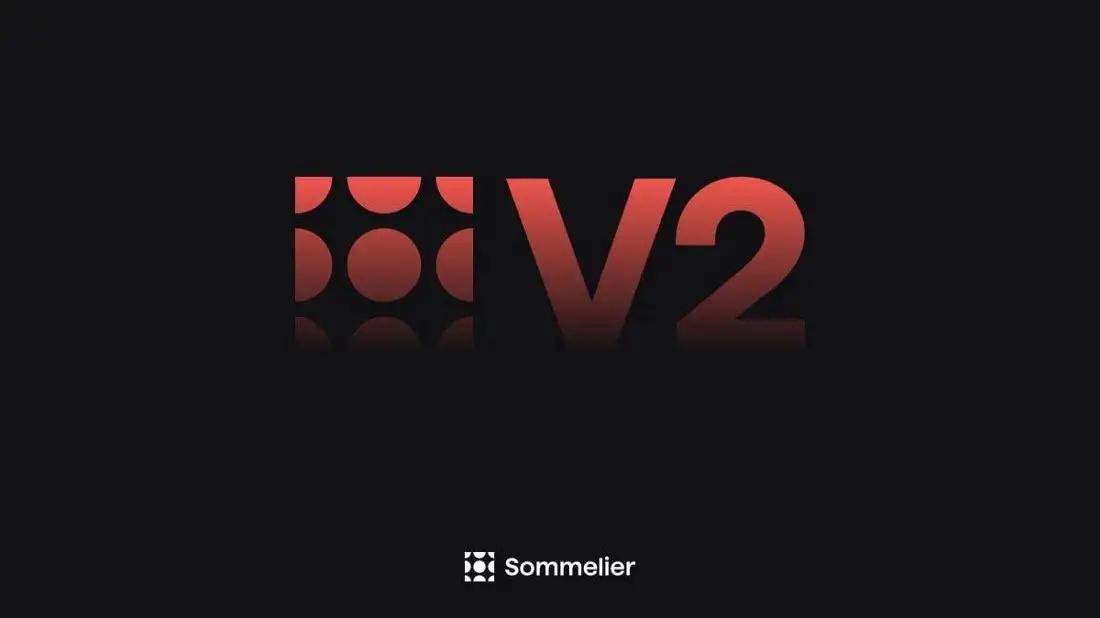
Sommelier Upgrades Cellar Architecture to Enable the Most Powerful DeFi Strategies in the Market

Real Yield USD is Coming to Maximize Stablecoin Yield

Retrospective on 2022 and the Journey Ahead

FAQ - Patache Digital’s Steady Strategies
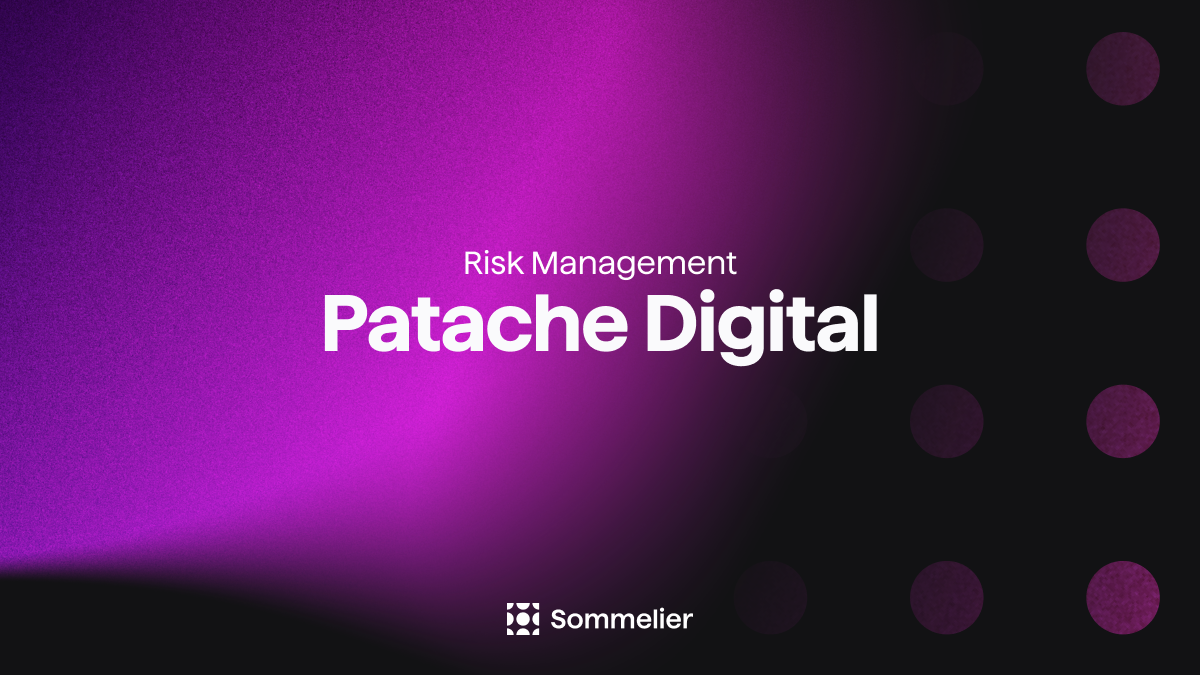
Patache Digital: Risk Management Discussion

Strategy Deep Dive: Patache Digital
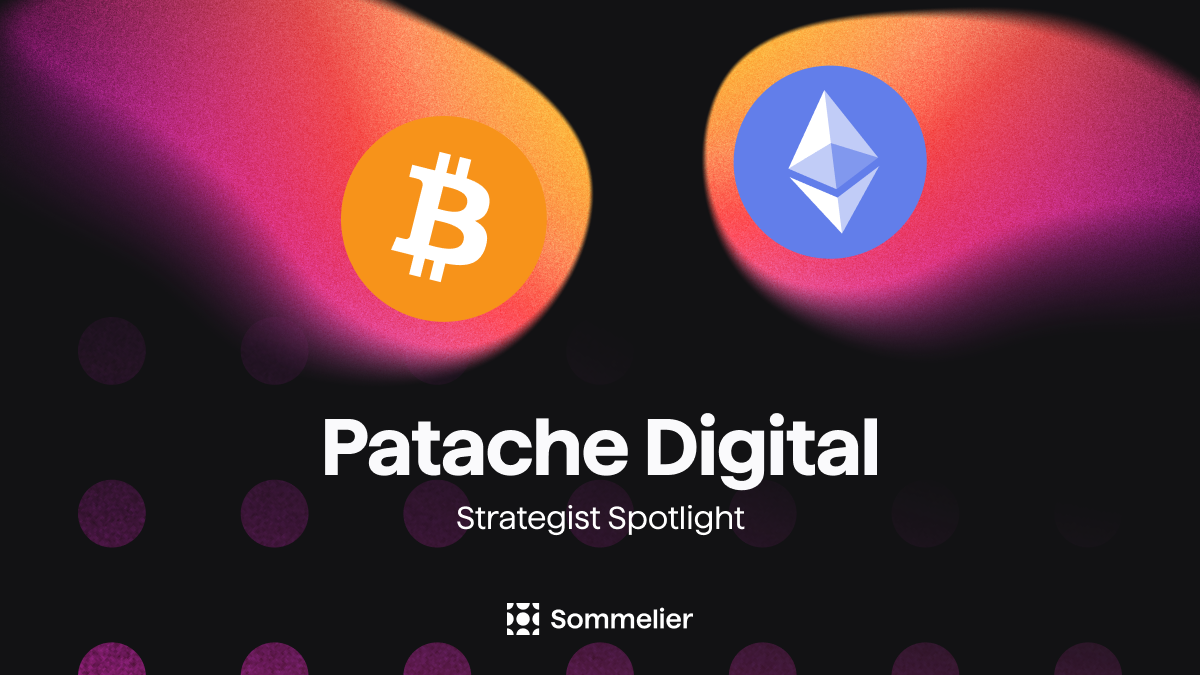
Strategy Provider Spotlight: Patache Digital

User Guide: How to Participate in Strategies on Sommelier

Sommelier Ambassador Program
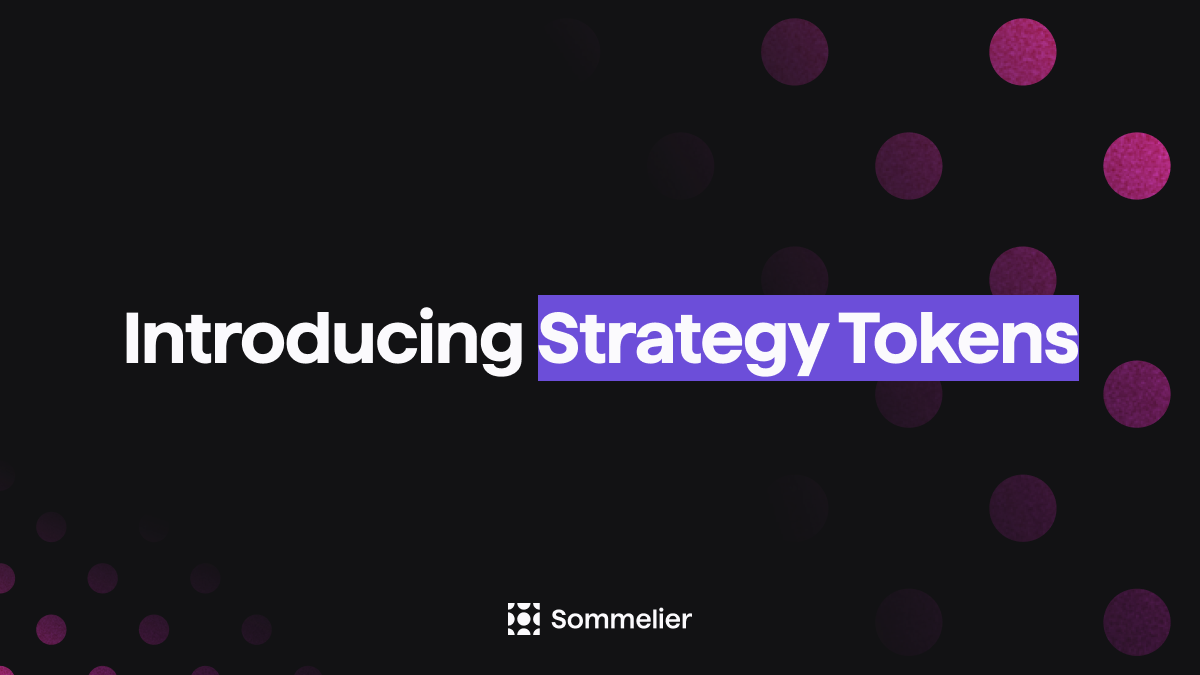
Strategy Tokens: What Are They and How Do They Work?

6 Core Principles of Sommelier

10/10/22 - Deep Dive on Cleargate Backtesting

Strategy Provider Spotlight: Seven Seas

Deep Dive on Trend and Momentum Strategies

Strategy Provider Spotlight: ClearGate

Supporting Strategy Providers on Sommelier
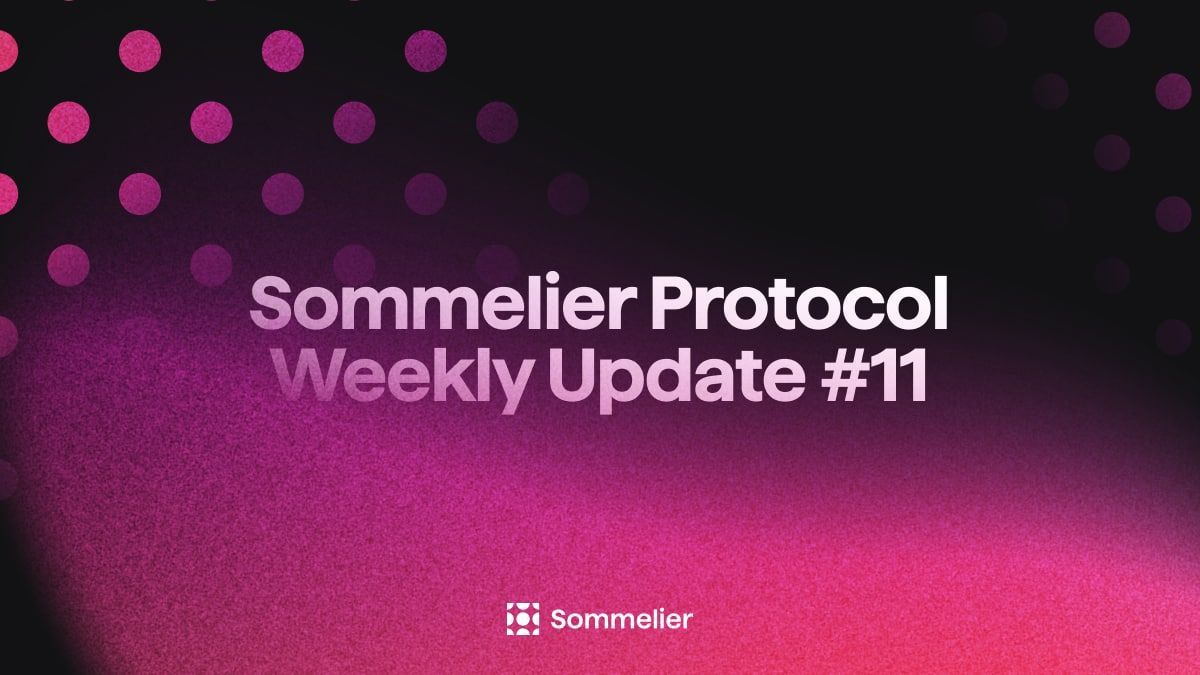
Sommelier Protocol Team Weekly Update #11
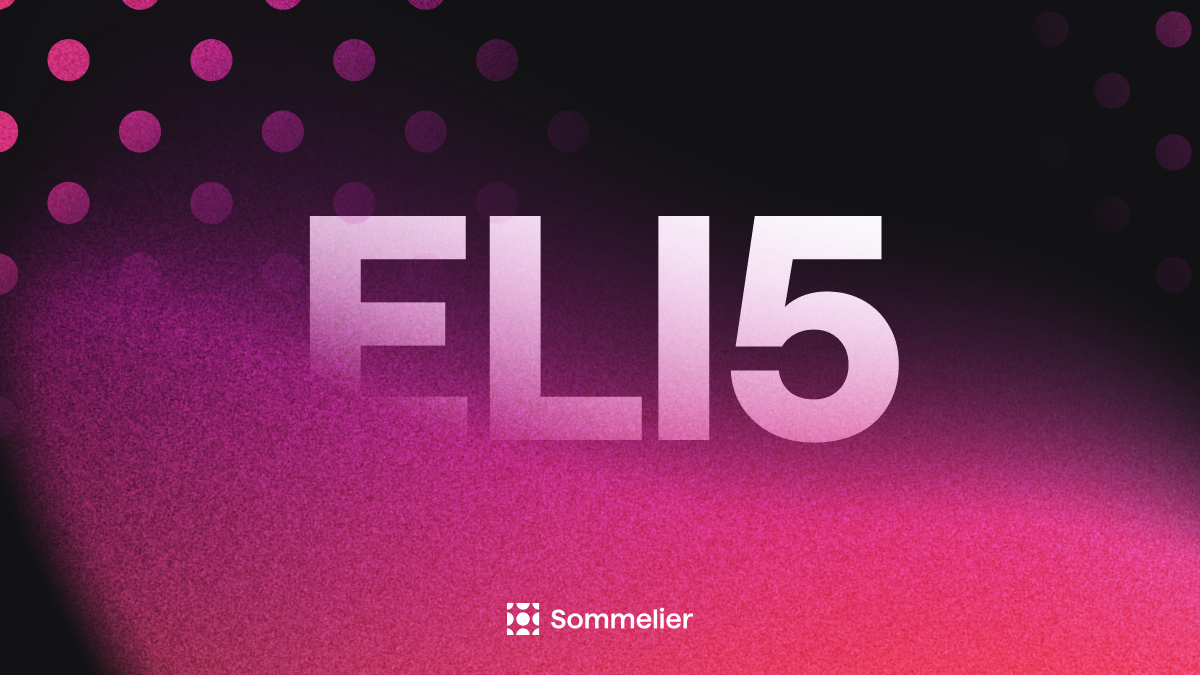
ELI-5 Explanation of the Data Science behind Sommelier’s First Aave Cellar

Sommelier Protocol Team Weekly Update #10
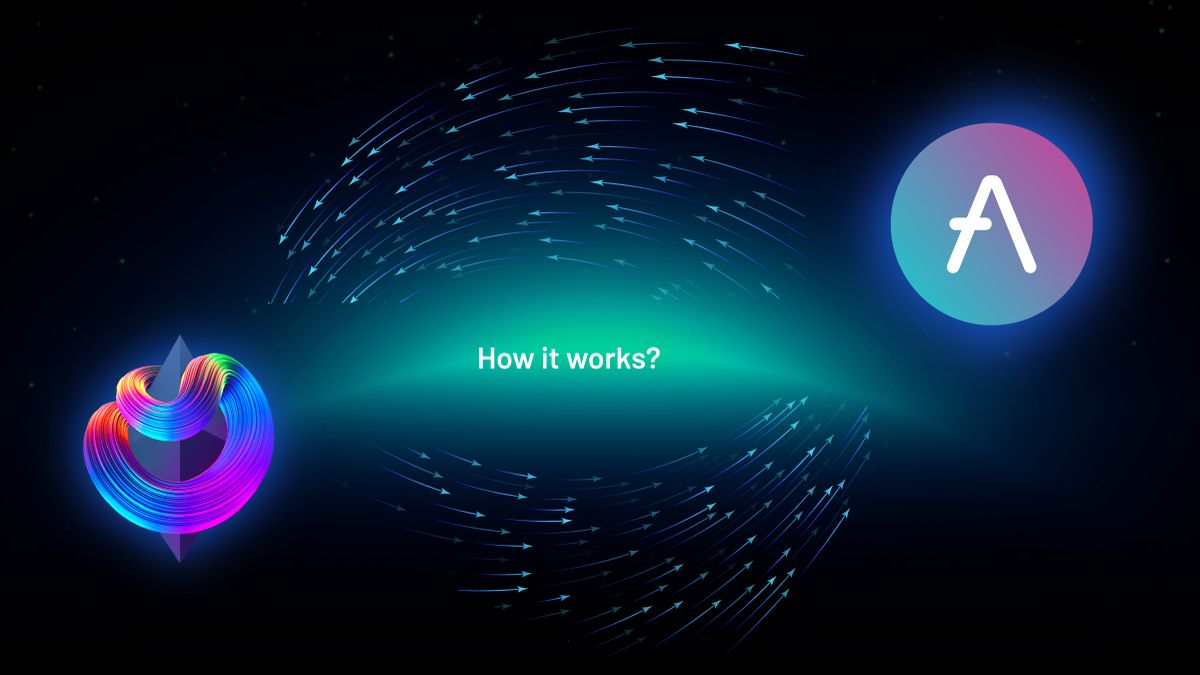
The Data Science Behind Sommelier’s First Aave Cellar
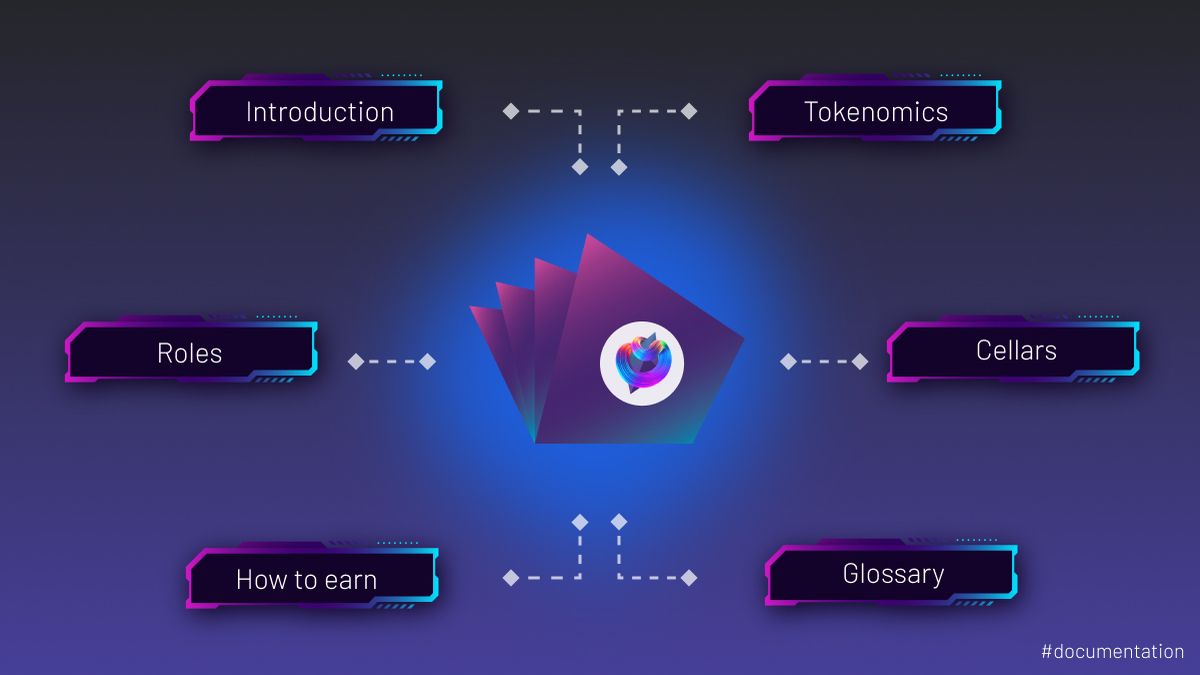
Sommelier Protocol Design Documents

Sommelier Protocol Team Weekly Update #9

Sommelier Protocol Team Weekly Update #8

Sommelier Protocol Team Weekly Update #7

Twitter Spaces With Sommelier: How to Launch a Cellar on Sommelier

Twitter Spaces With Sommelier: Protocol Upgrade and Community Update

Sommelier Protocol Team Weekly Update #4
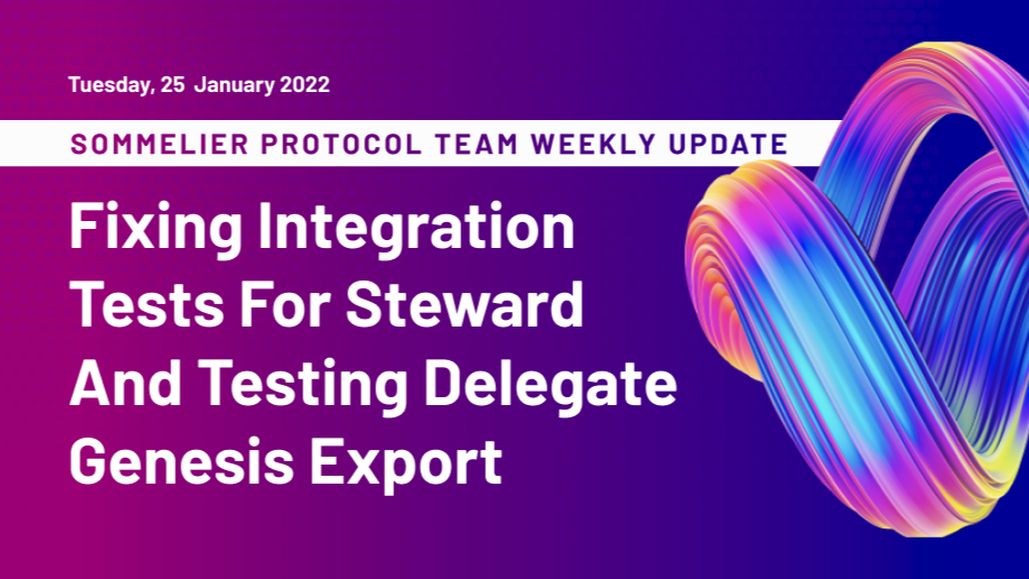
Sommelier Protocol Team Weekly Update #6

Twitter Spaces With Sommelier: SOMM Airdrop Proposal Data Analysis
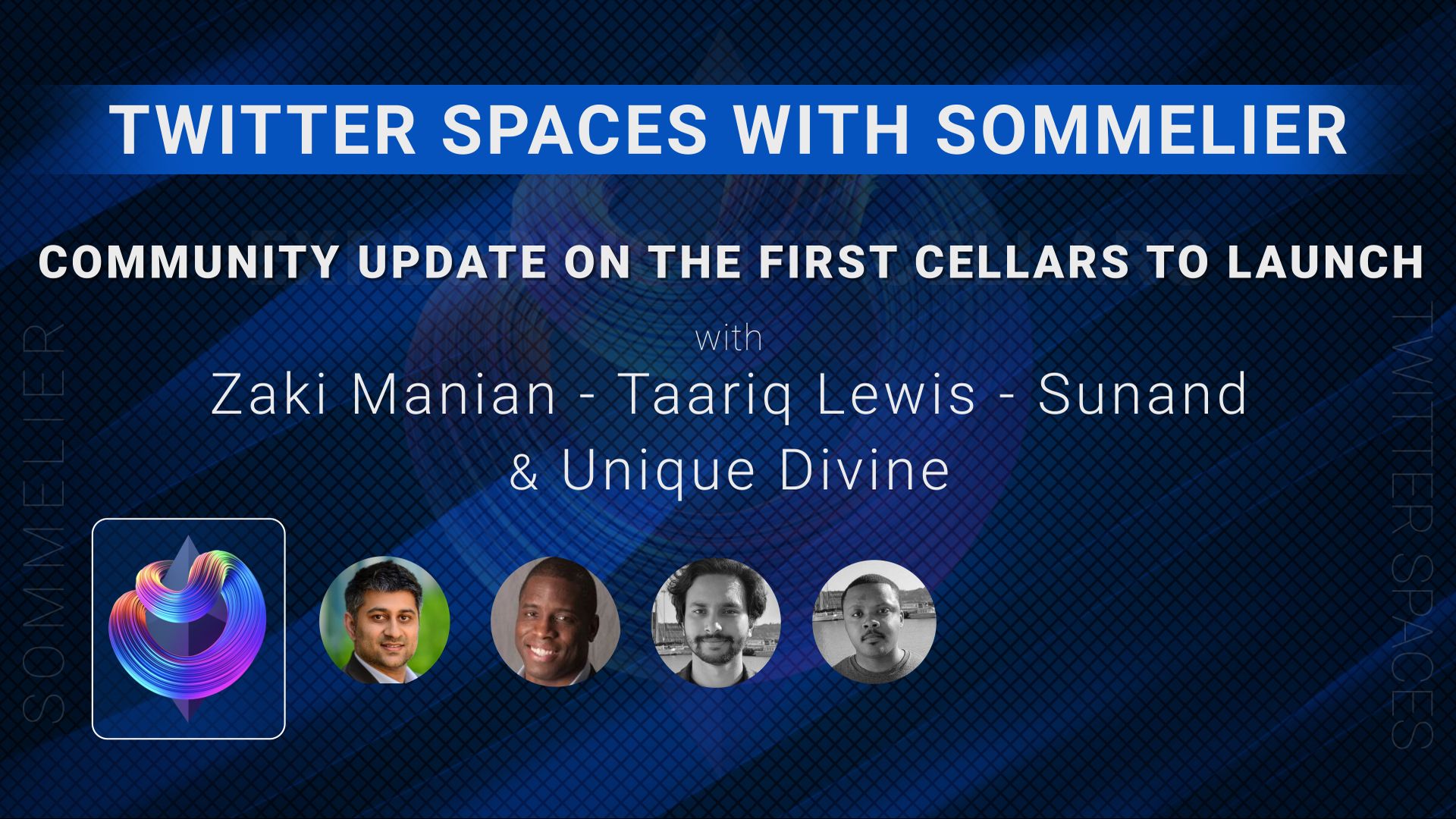
Twitter Spaces With Sommelier: Community Update on the First Cellars to Launch
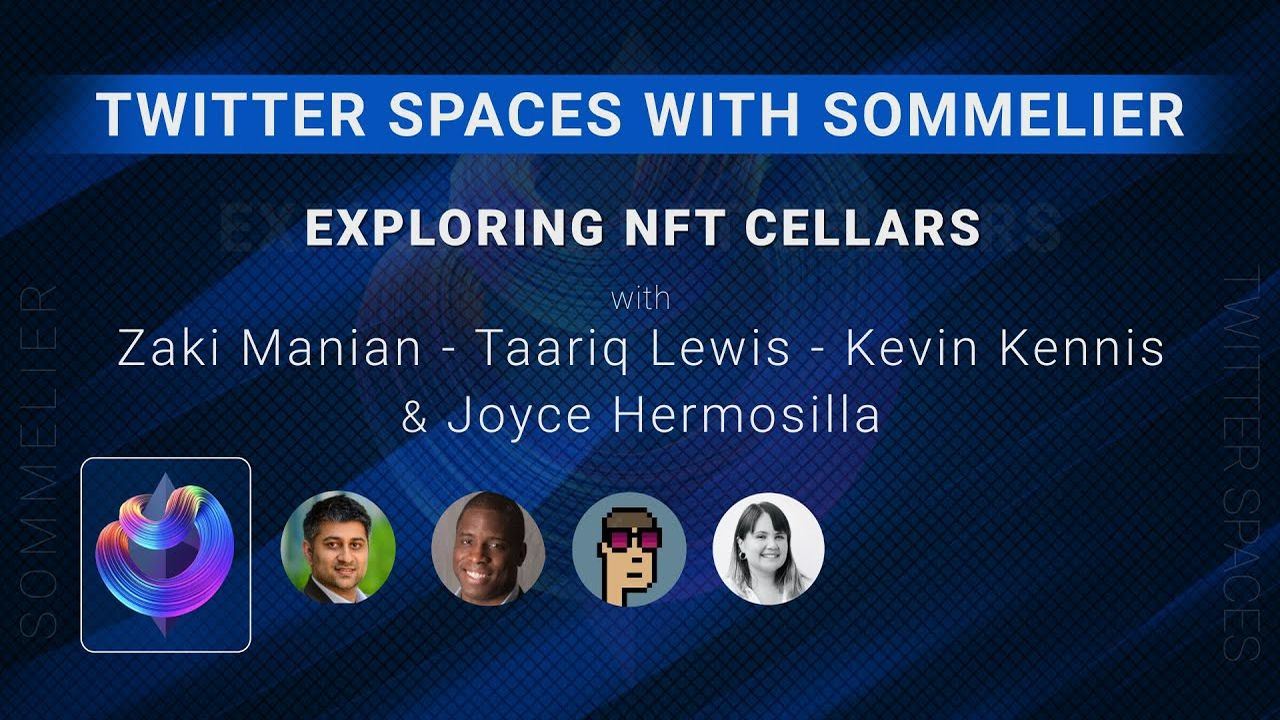
Twitter Spaces With Sommelier: Exploring NFT Cellars

Sommelier Protocol Team Weekly Update #1
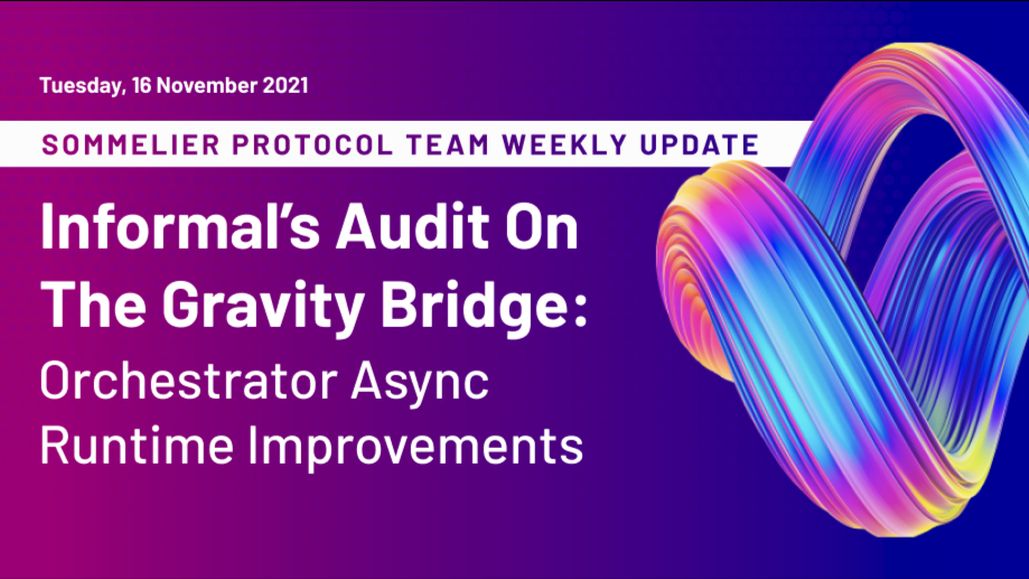
Sommelier Protocol Team Weekly Update #2
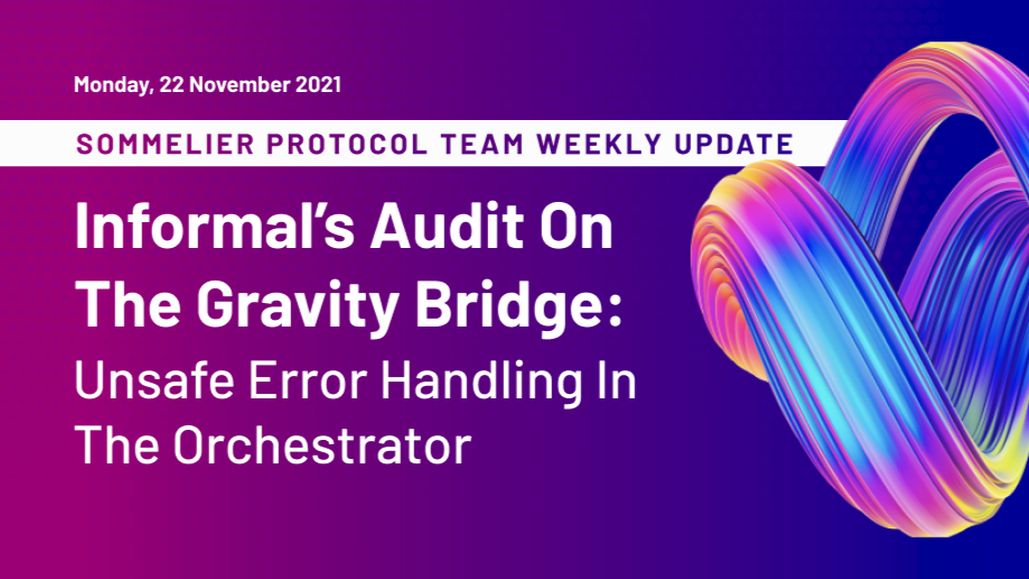
Sommelier Protocol Team Weekly Update #3

Three Things You Need to Know About Sommelier Governance This Week
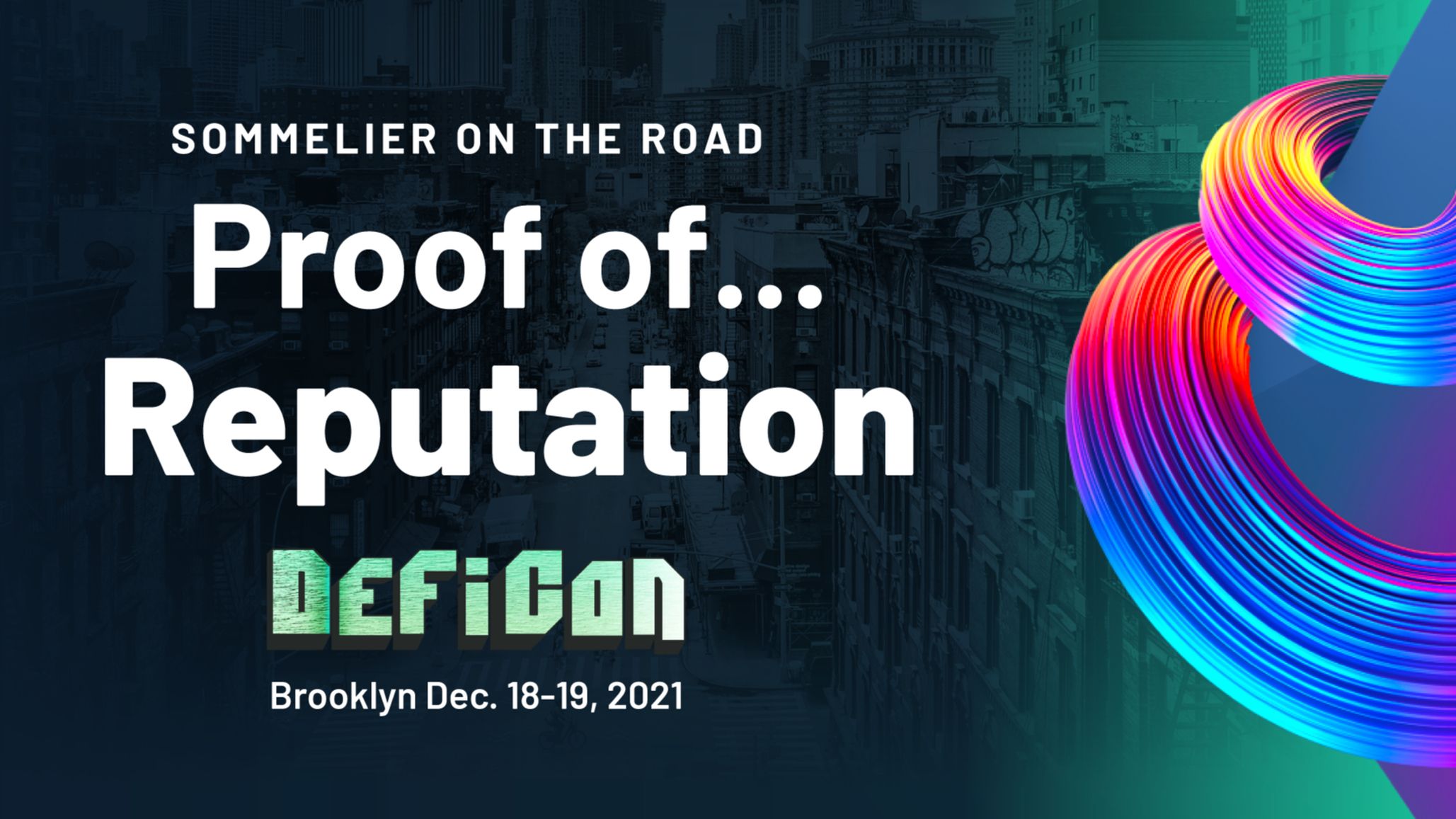
Sommelier On the Road: PROOF OF…REPUTATION
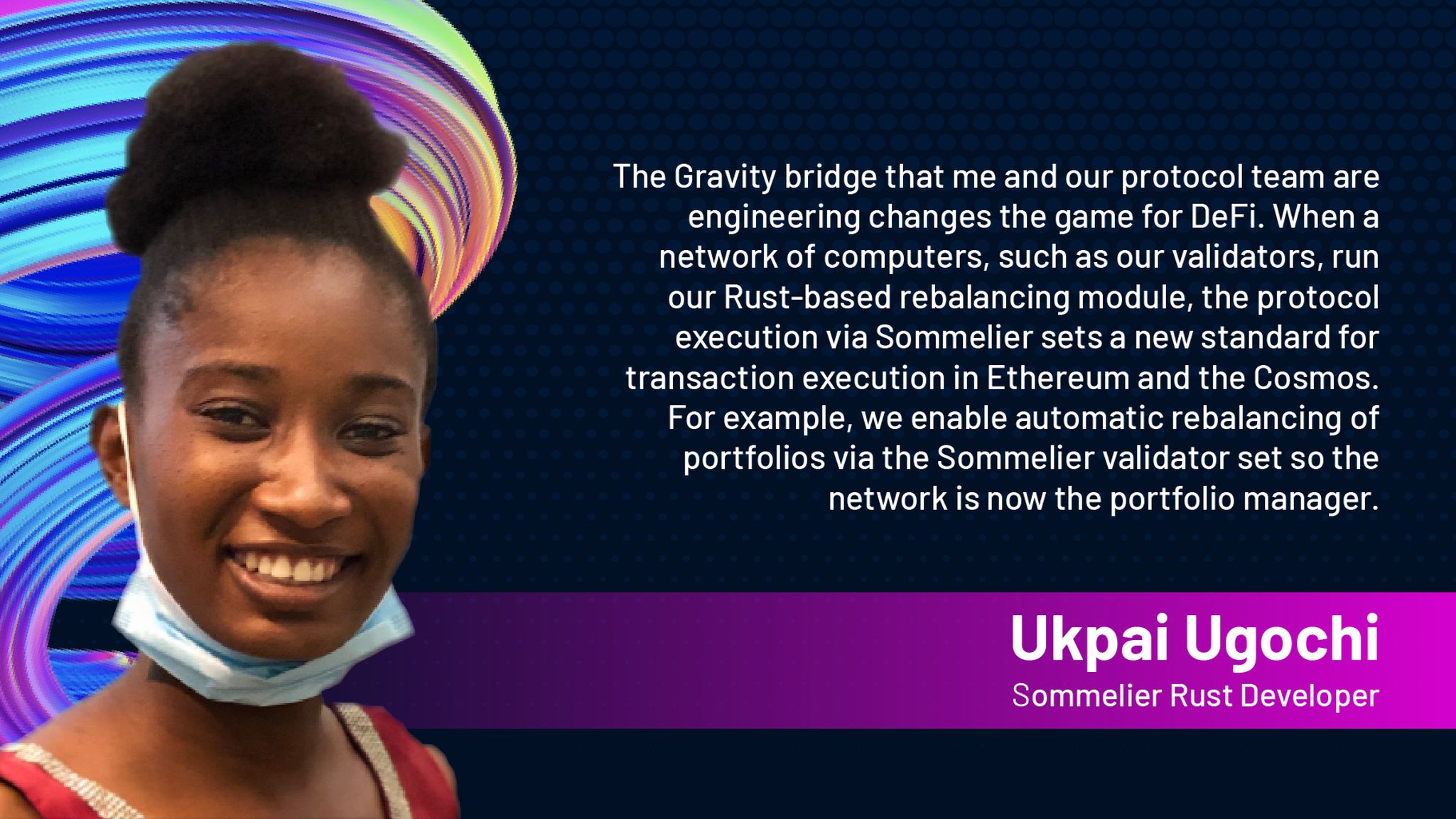
Introducing Ukpai Ugochi - Working on The Sommelier Cellars Rebalancer

Sommelier Announces 23MM Series A Mainnet Round to launch Automated DeFi via the Cosmos
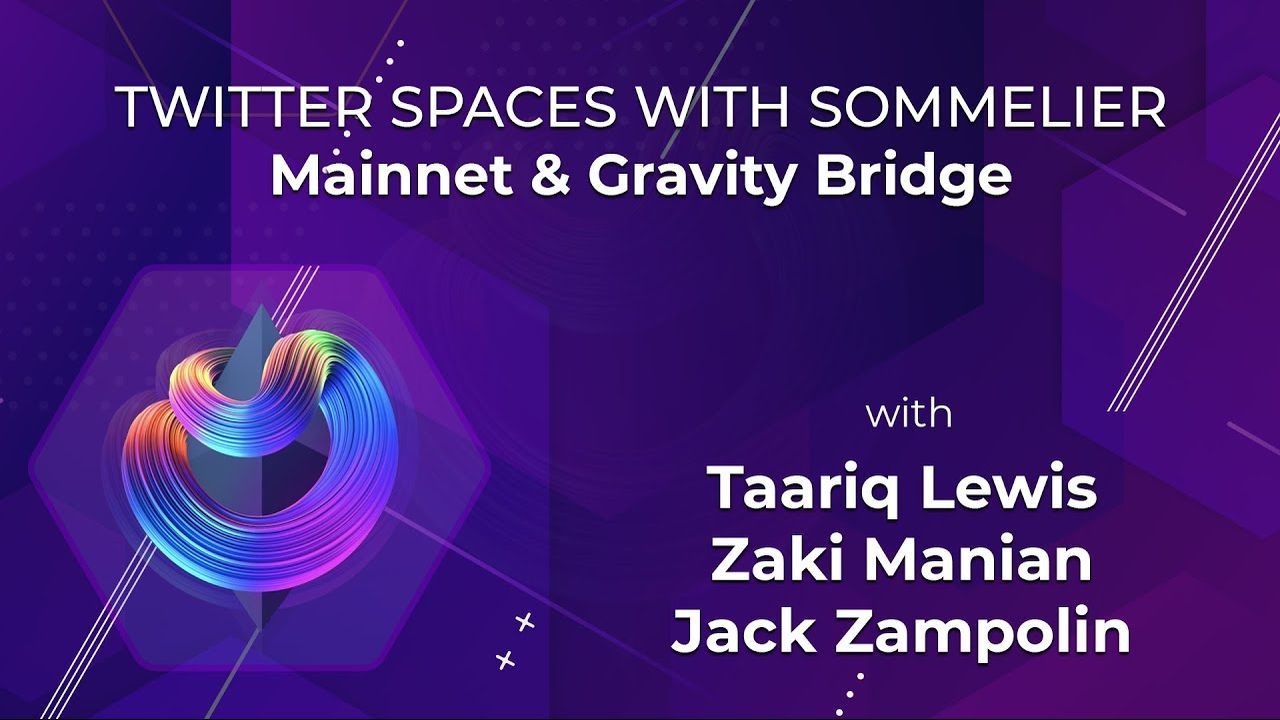
Twitter Spaces With Sommelier: Mainnet Launch & Gravity Bridge
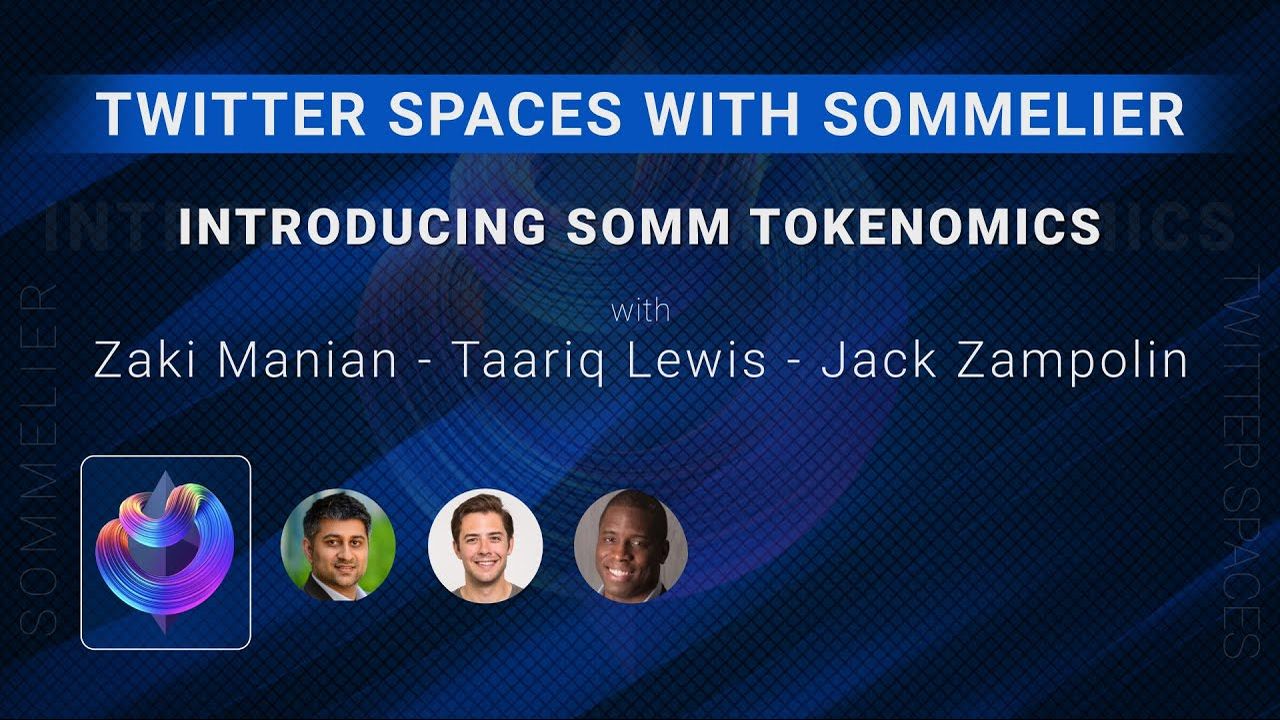
Twitter Spaces With Sommelier: Introducing SOMM Tokenomics

Twitter Spaces With Sommelier: Mysten Labs AMA With Evan Cheng

Introducing SIPS and Sommelier’s Governance Structure

Twitter Spaces With Sommelier: End of Year AMA 2021

Twitter Spaces With Sommelier: Intro to SIPS & Lisbon Blockchain Week
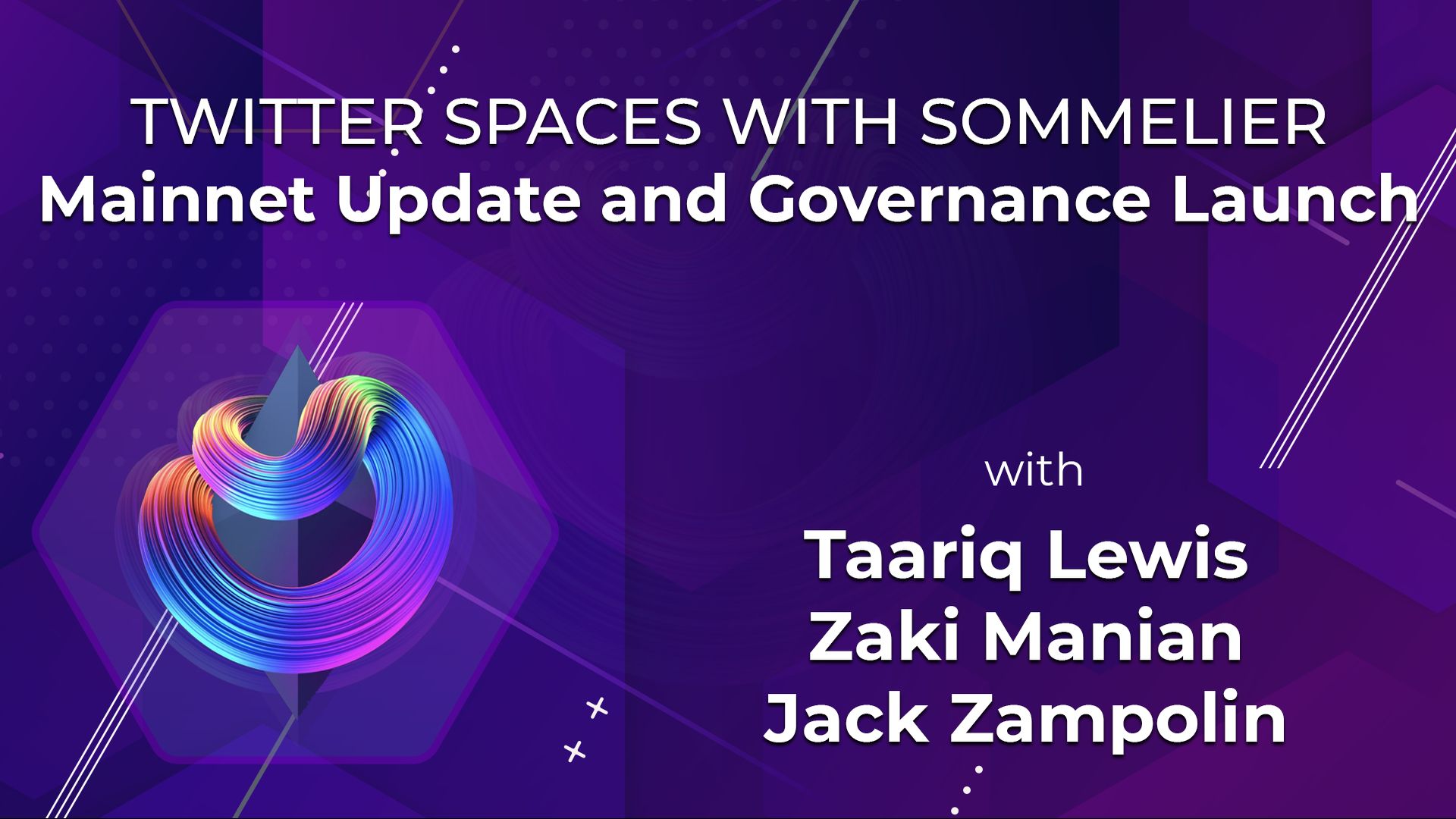
Twitter Spaces With the Sommeliers: Mainnet Update and Governance Launch

Sommelier Partners With Mysten Labs to Make Sommelier and All Cosmos Blockchains the Fastest Protocols on the Planet

Twitter Spaces With the Sommeliers: Sushi AMA With Joseph Delong
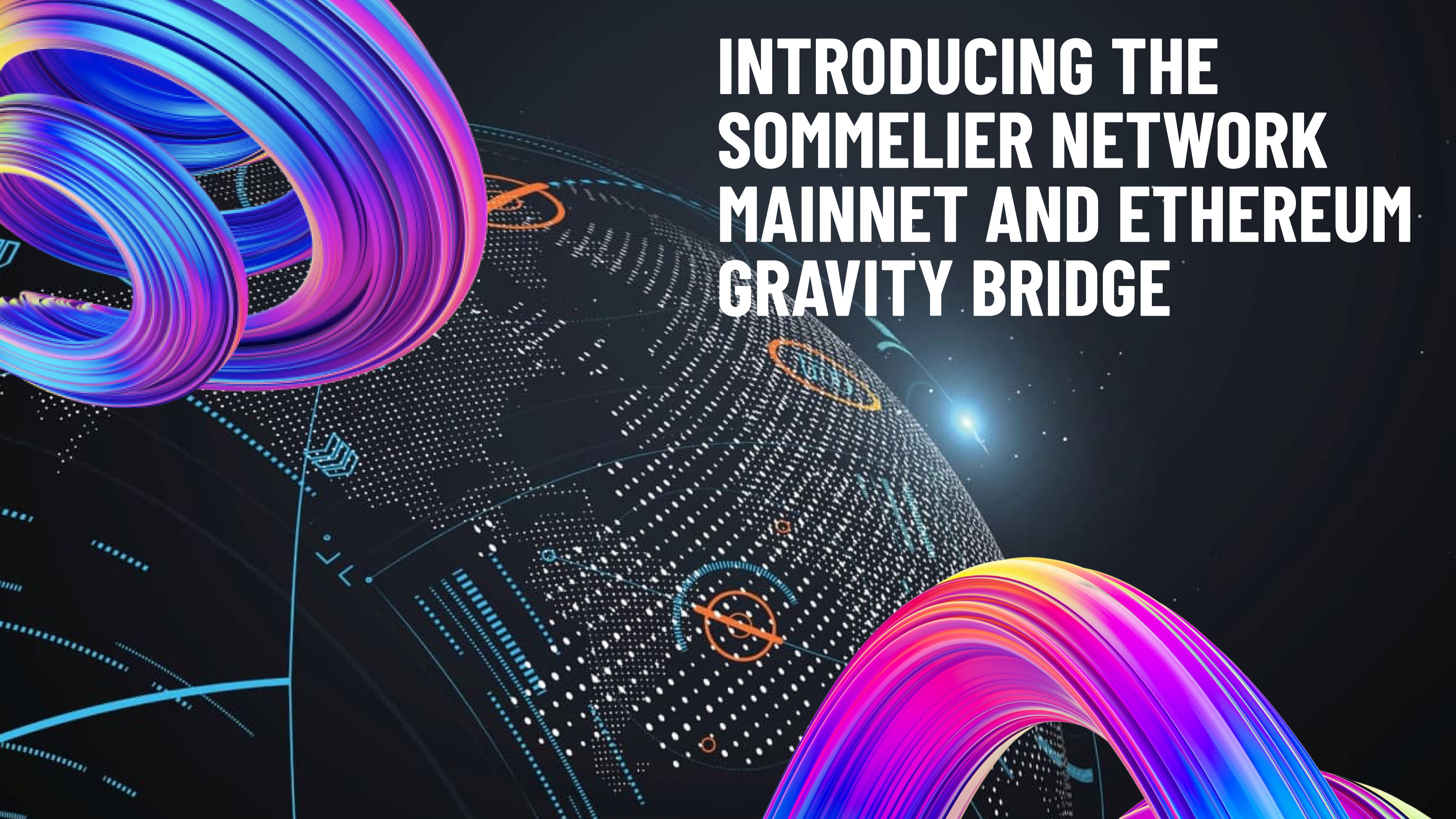
Introducing the Sommelier Network Mainnet and Ethereum Gravity Bridge
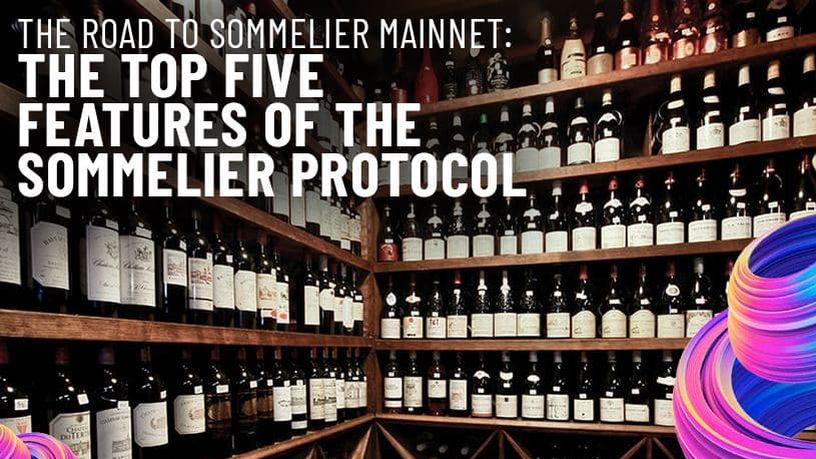
The Top Five Features of the Sommelier Protocol

Call for Validators: The Two Step Process for 2021

Two New Features Launched to Test Liquidity Management on Uniswap v3

Uniswap v3 Remove Smart Contract Incident Post Mortem for Sommelier
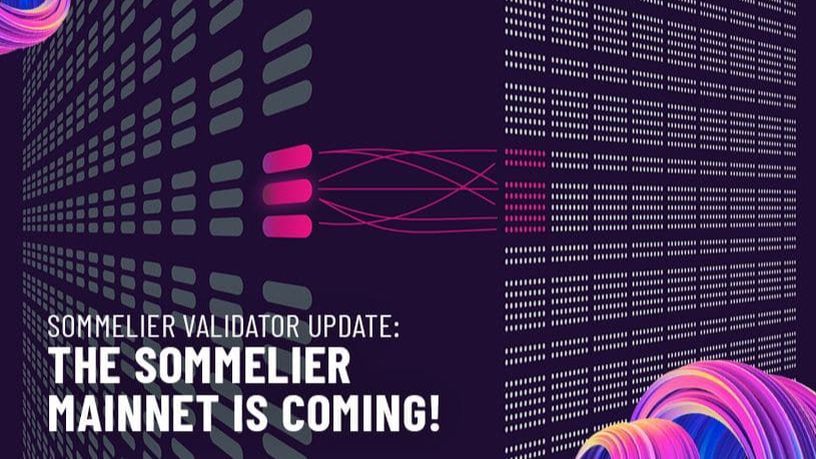
Call for Validators: Road to Sommelier Mainnet
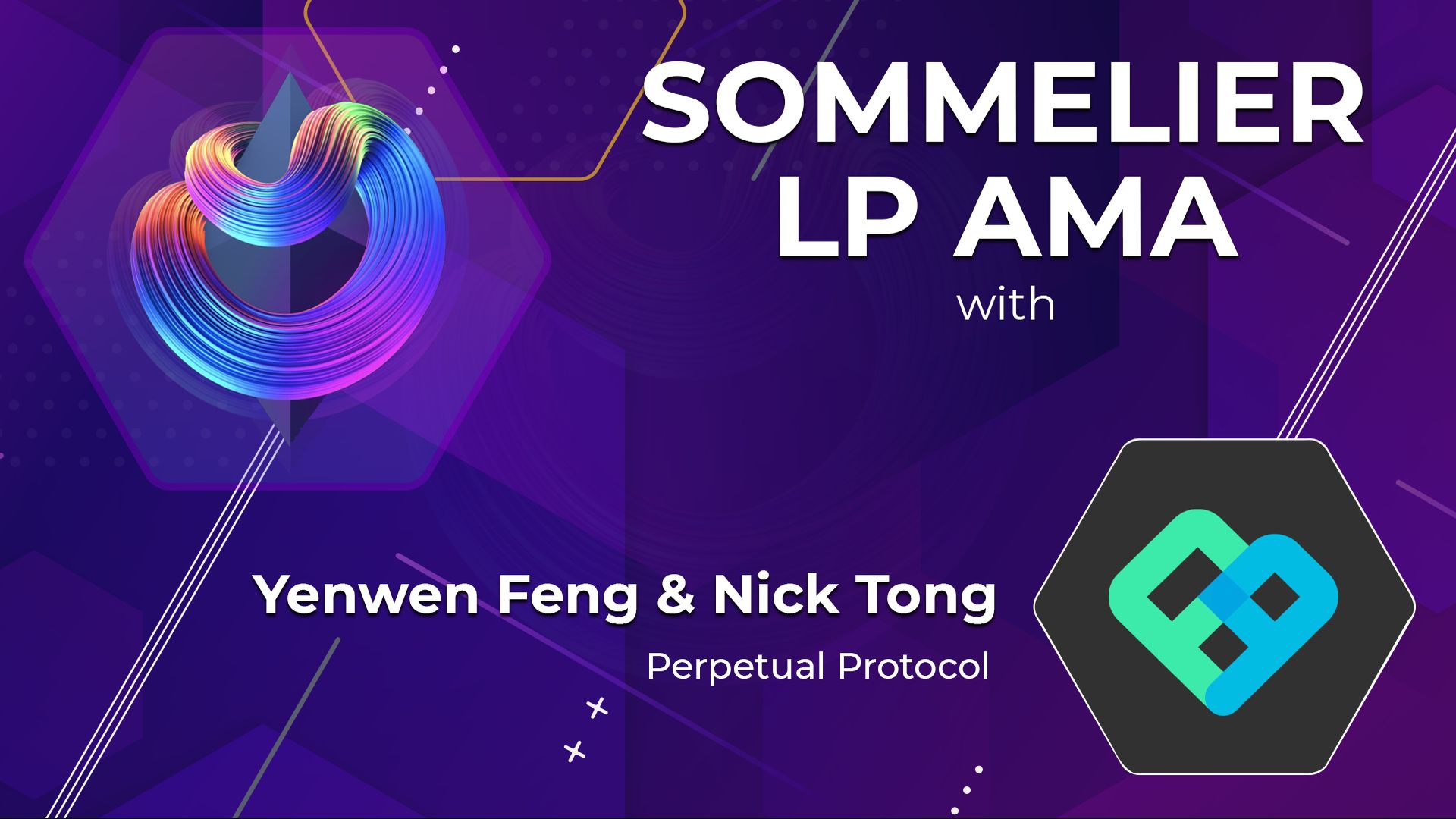
Sommelier Liquidity AMA With Yenwen and Nick From Perpetual Protocol
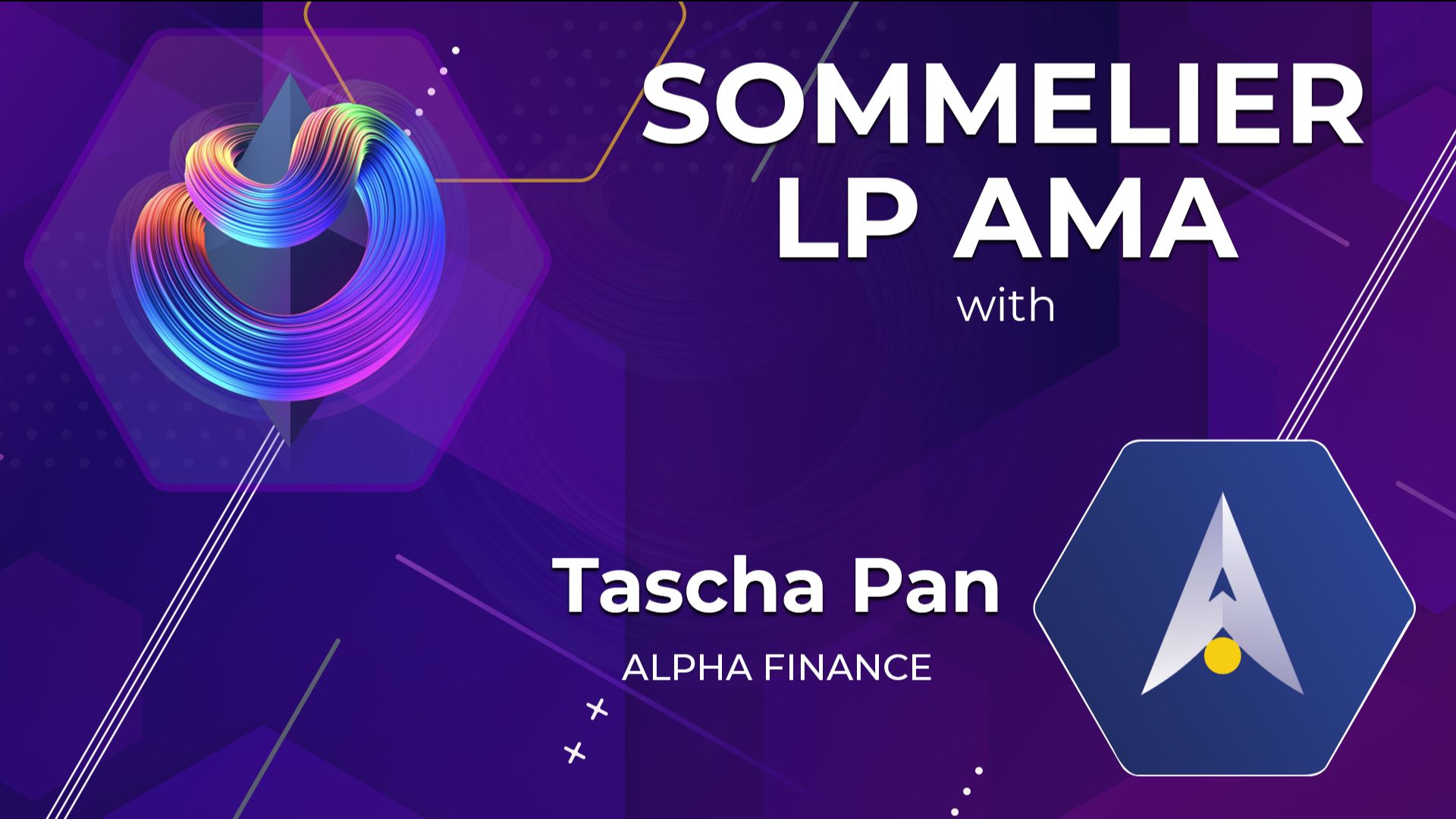
Sommelier Liquidity AMA With Tascha Pan From Alpha Finance
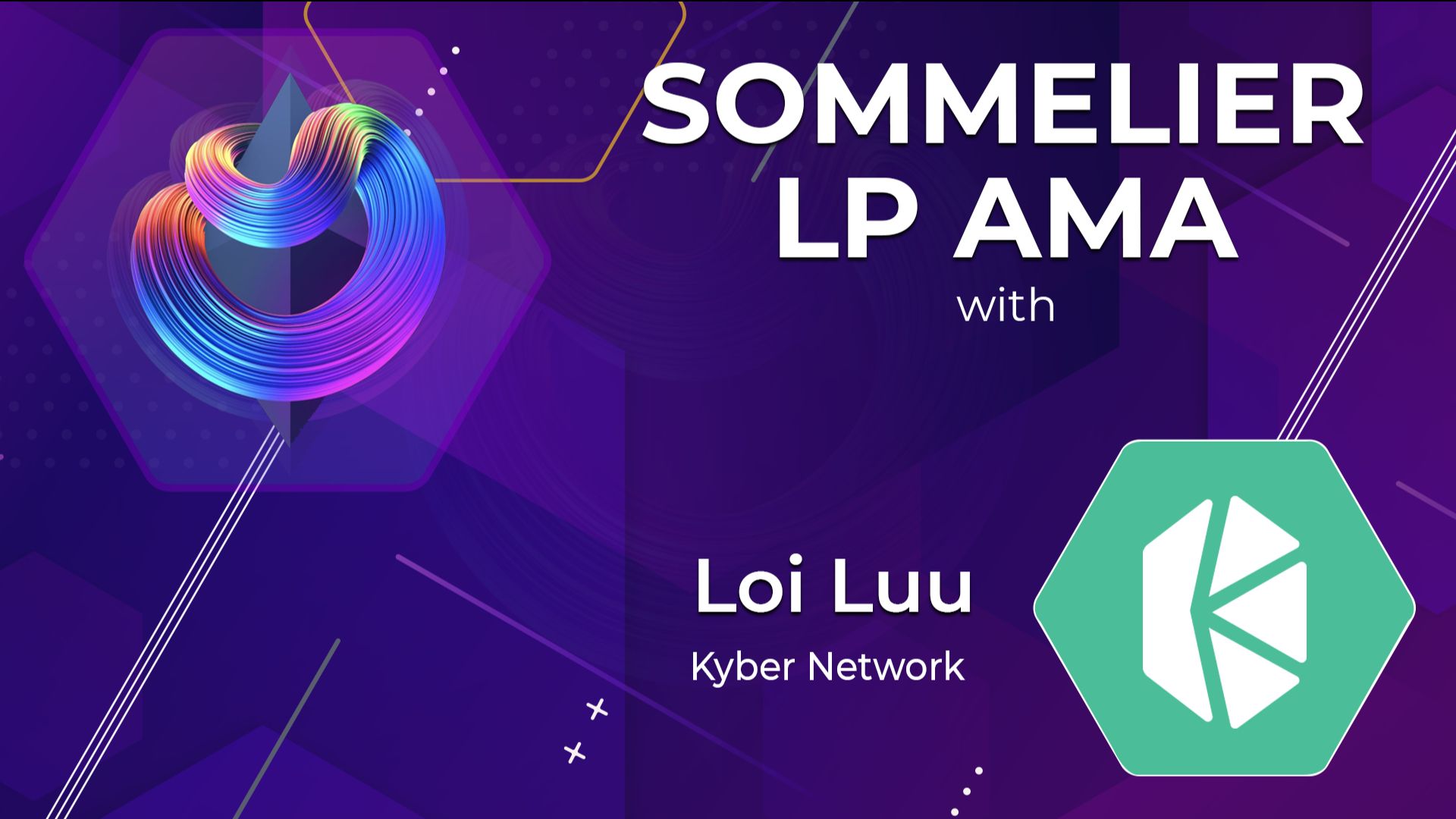
Sommelier Liquidity AMA With Loi Luu From Kyber Network

Sommelier Liquidity AMA With Alex From Peanut
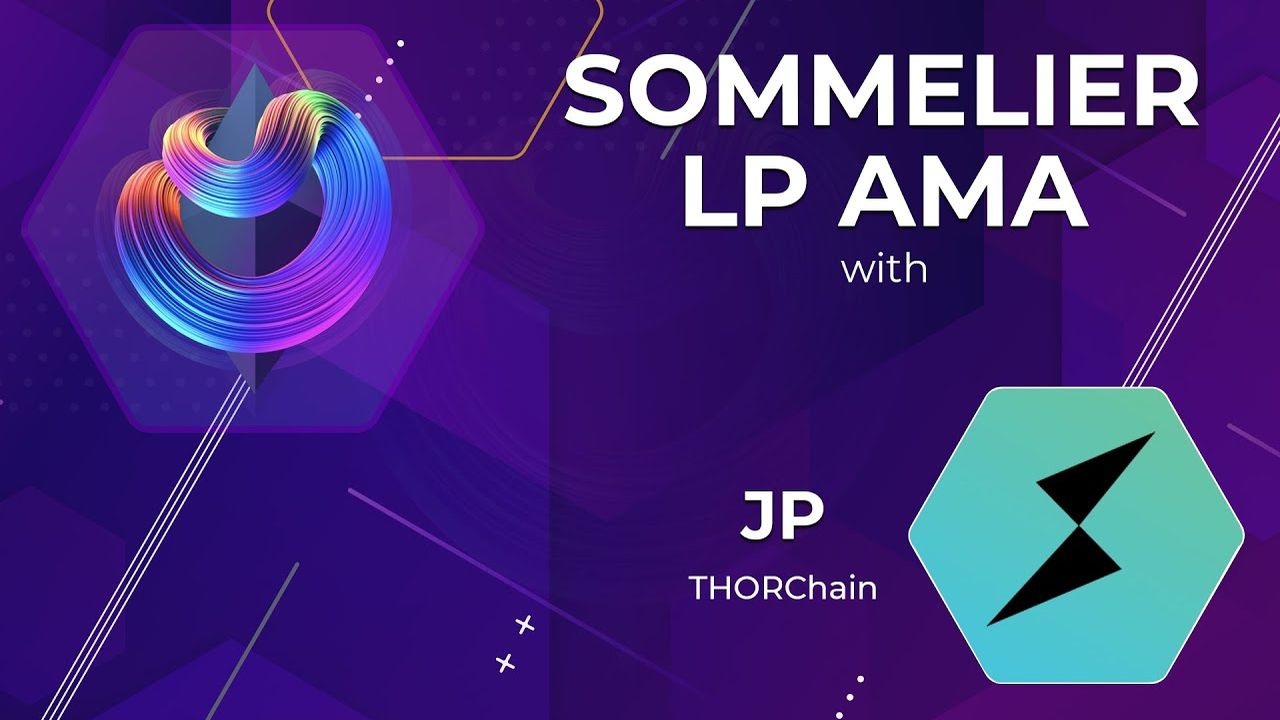
Sommelier Liquidity AMA With JP From THORChain

Sommelier Liquidity AMA With Alan Chiu From OMGX Network

Sommelier Liquidity AMA With Ari From Gelato Network
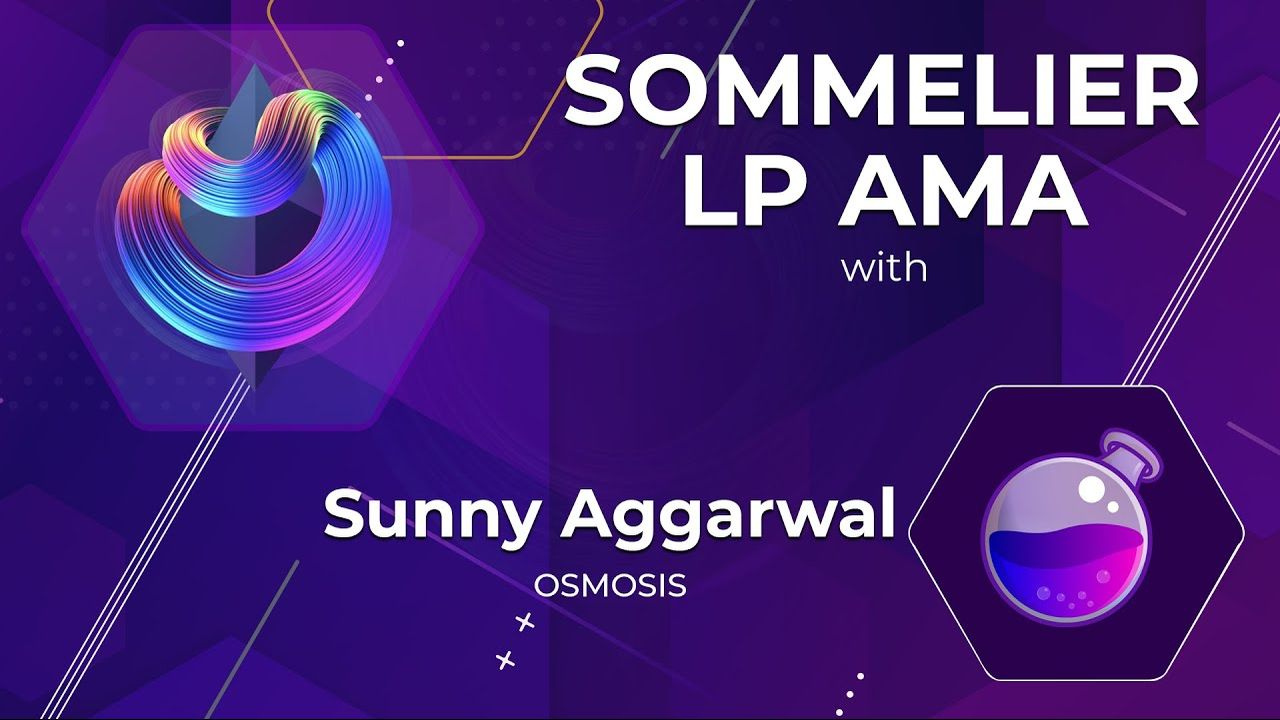
Sommelier Liquidity AMA With Sunny Aggarwal From Osmosis
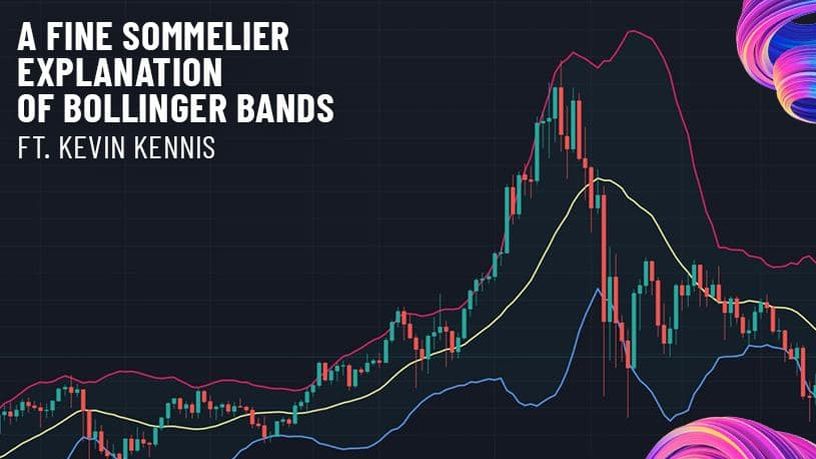
A Fine Sommelier Explanation of Bollinger Bands With Kevin Kennis

Sommelier Liquidity AMA With Mona El Isa From Enzyme

Sommelier Liquidity AMA With Haxor From Method Finance

Sommelier Liquidity AMA With Tor From Secret Network
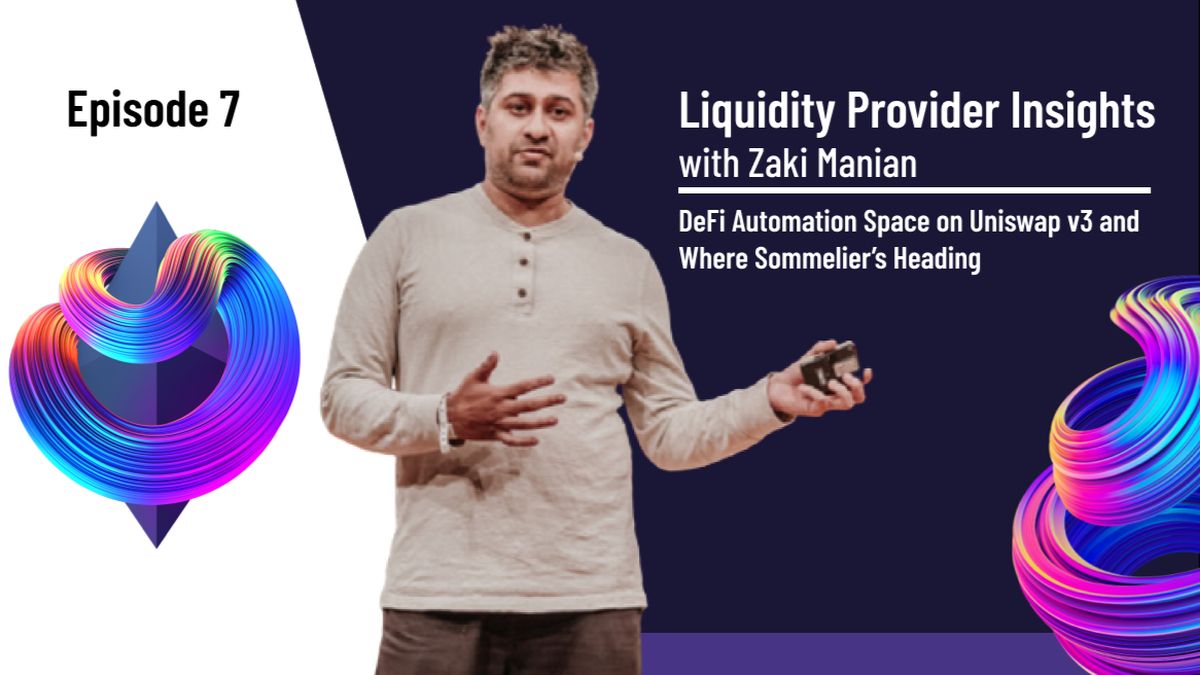
Liquidity Provider Insights With Zaki Manian - Ep. 7 - DeFi Automation Space on Uniswap v3 and Where Sommelier’s Heading
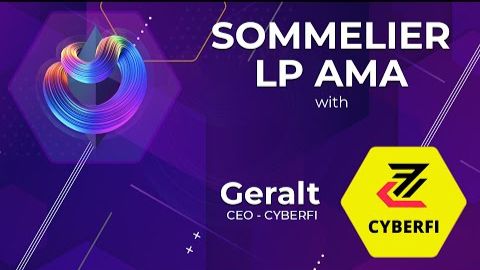
Sommelier Liquidity AMA With Geralt From CyberFi

A Pairings Tutorial of Two Sided Liquidity Addition with Sommelier

Liquidity Provider Insights with Zaki Manian - Ep. 6 - Liquidity Providers Need to Gear Up for a Multi-Chain World

Three New Summer Features for Liquidity Providers

Sommelier Liquidity AMA with Tom C and Max W from Charm

Sommelier Liquidity AMA with Dereek69 & Shalaquiana from BIOPset

Sommelier This Week - June 3rd 2021: The Road to Mainnet
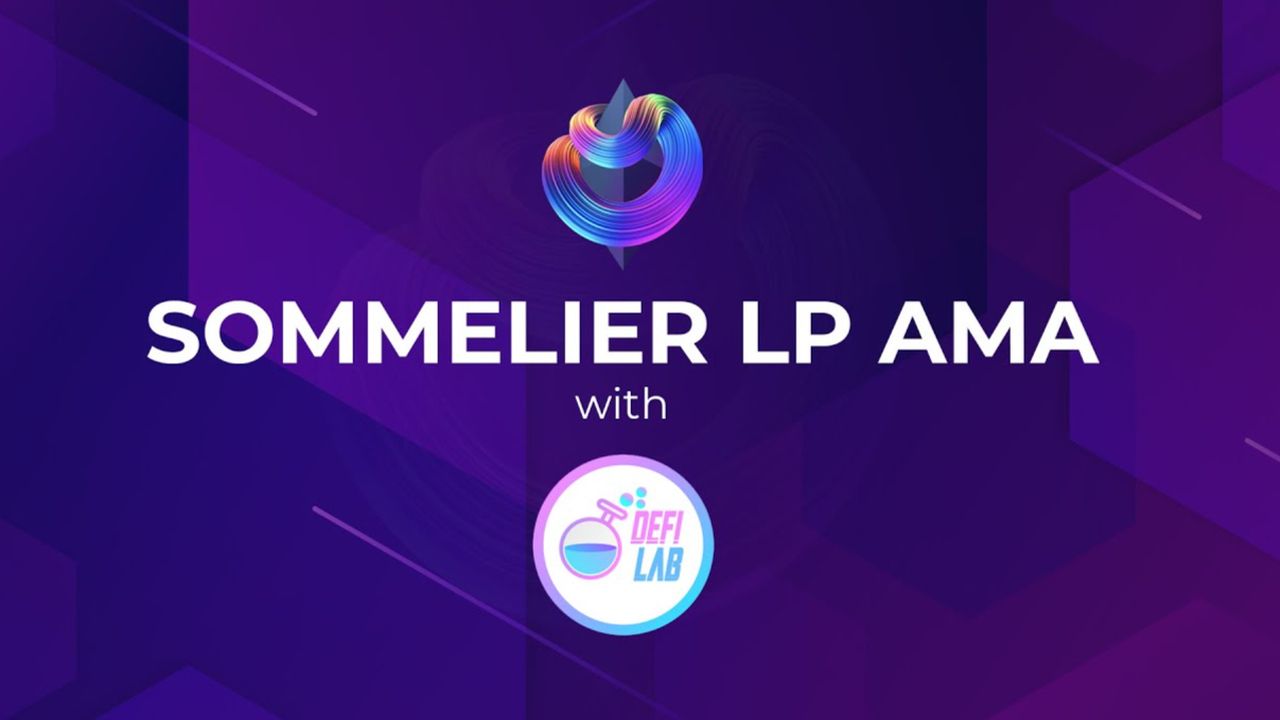
Sommelier Liquidity AMA with Federico Landini from DefiLab
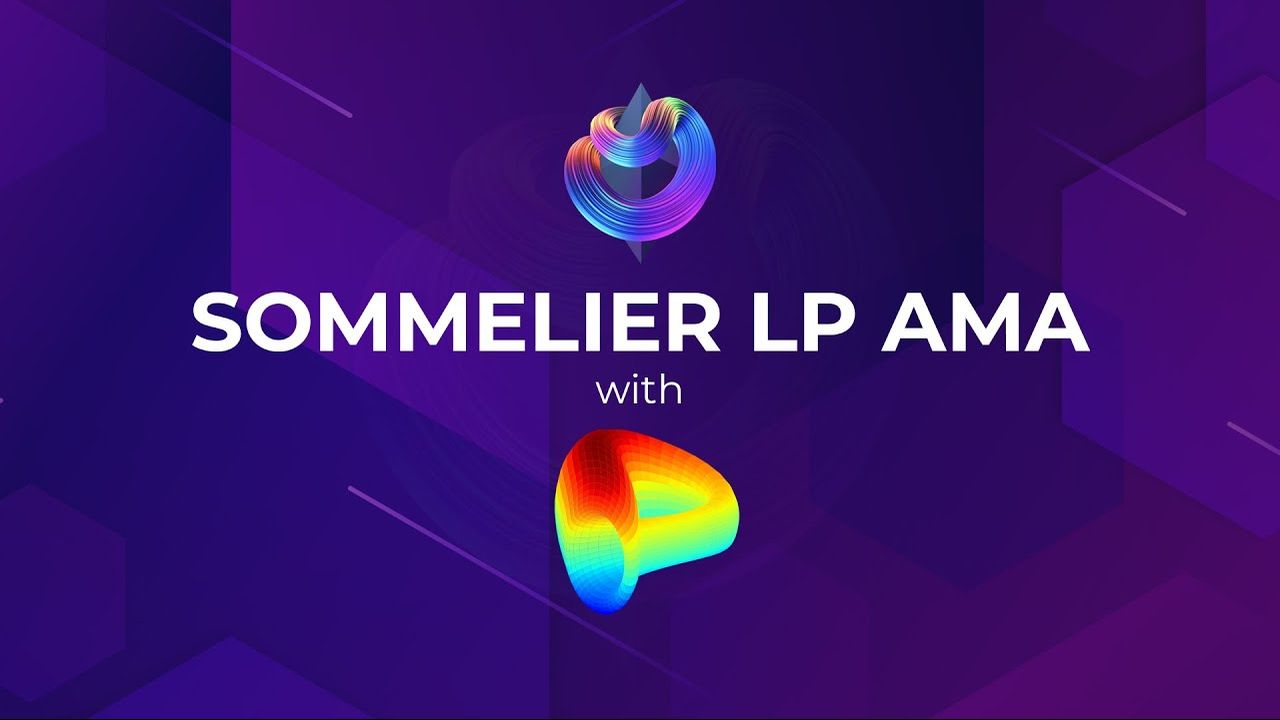
Sommelier Liquidity AMA with Michael Egorov from Curve
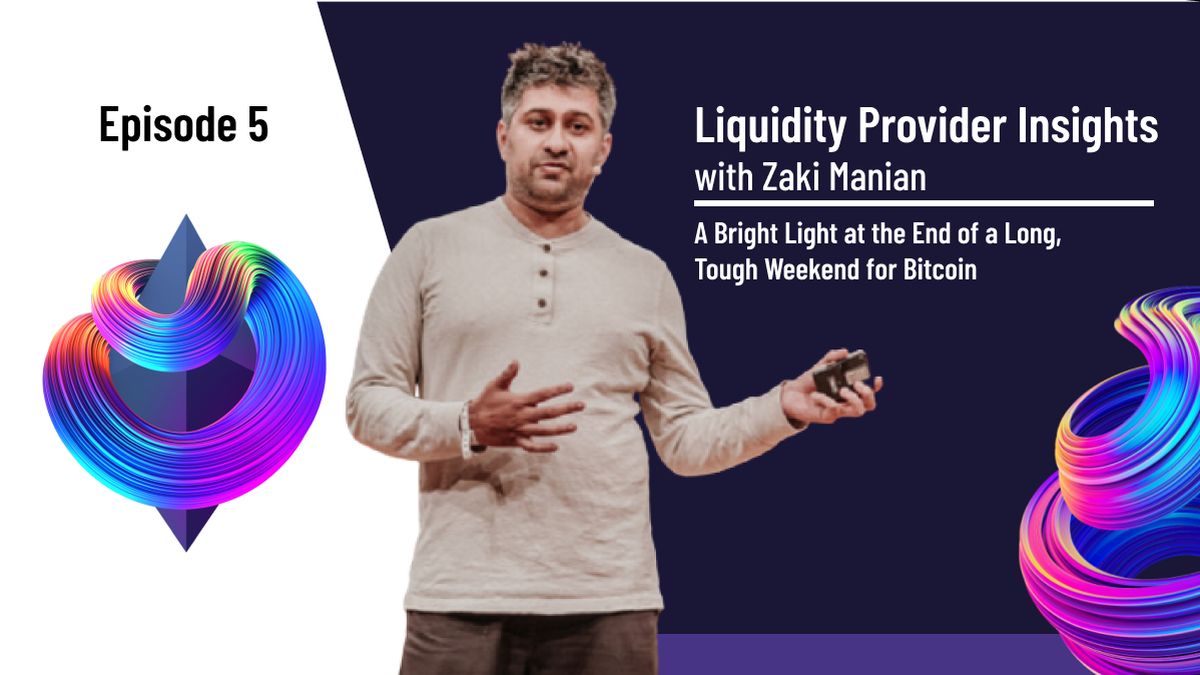
Liquidity Provider Insights with Zaki Manian - Ep. 5 - A Bright Light at the End of a Long, Tough Weekend for Bitcoin

Sommelier This Week - May 27th 2021: What Aspiring Sommelier Validators Need to Know on Last Week’s Protocol and App Progress

Liquidity Provider Insights with Zaki Manian (Special Edition) - Ep. 4 - New Pairings Release

Sommelier R&D AMA With Yaniv Tal From the Graph

Sommelier Liquidity AMA with MacLane Wilkison from NuCypher

The Eight Steps to Become a Liquidity Provider with Pairings

Sommelier NFT Awards - May 18th, 2021
Pairings By Sommelier: The FAQ

Zaki Manian Breaks Down What Liquidity Providers Need to Know Under Uniswap v3

Sommelier This Week - May 6th 2021: How This Week’s Protocol and App Progress Weaves Together to Make a Product
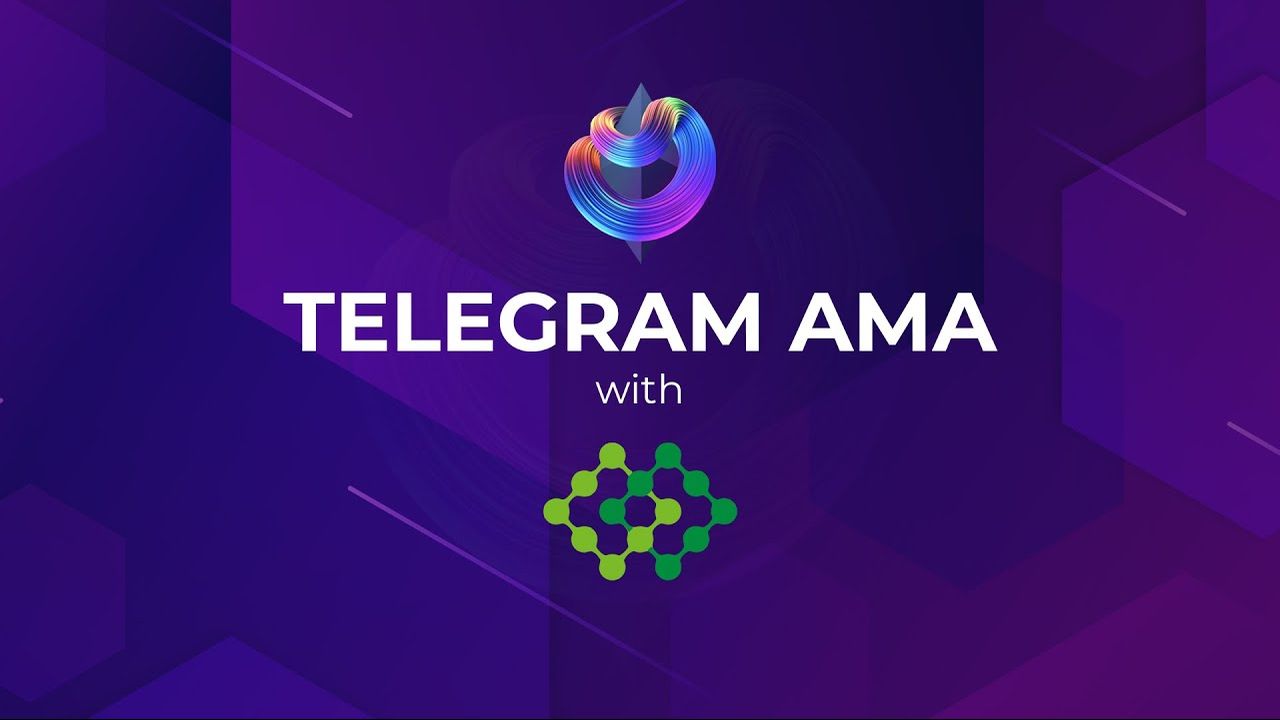
Sommelier Liquidity AMA with Dan Thomson from InsurAce

Sommelier This Week - April 29th 2021: Weeks Away From a Taste of the Sommelier App Experience and How the Dev Team Stays on Track
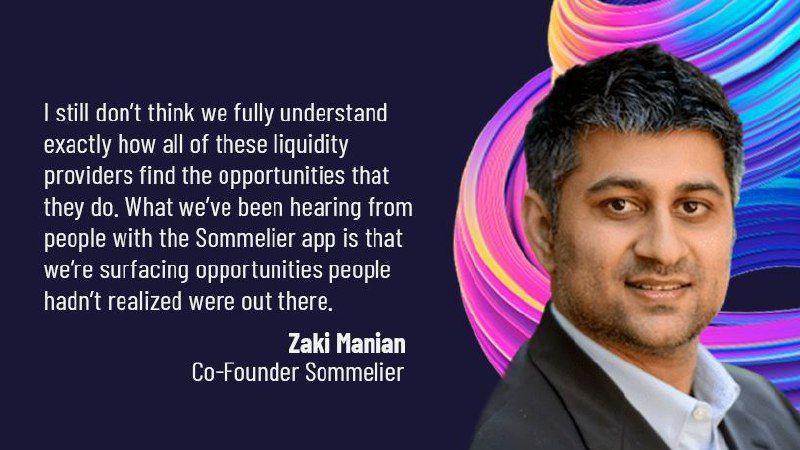
Zaki Manian Breaks Down a Phase Change Liquidity Providers Need to Know About Automated Market Makers

Introducing Jehan Tremback: Sommelier Core Developer and Althea Co-Founder that pushes the Limits of the Blockchain Bridge with Gravity

Sommelier This Week - April 22nd 2021: An Inside Look at Progress on Coordinating Sommelier Components That Contribute to the Chain

Sommelier This Week - April 15th 2021: Providing a Best-in-Class Experience for Uniswap Liquidity Providers

Sommelier Announces $1M R&D Grant from The Graph Foundation

Introducing LP Rewards: This Week With Cellframe
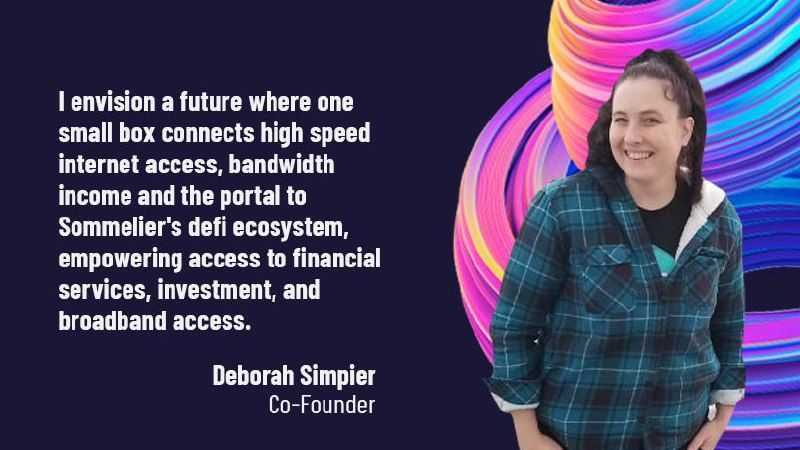
Introducing Deborah Simpier: Althea CEO and Sommelier Co-Founder Who Brought the Gravity Bridge to Life in The Cosmos

Sommelier This Week - April 8th 2021: What Uniswap v3 Means For Sommelier Architecture and Validators
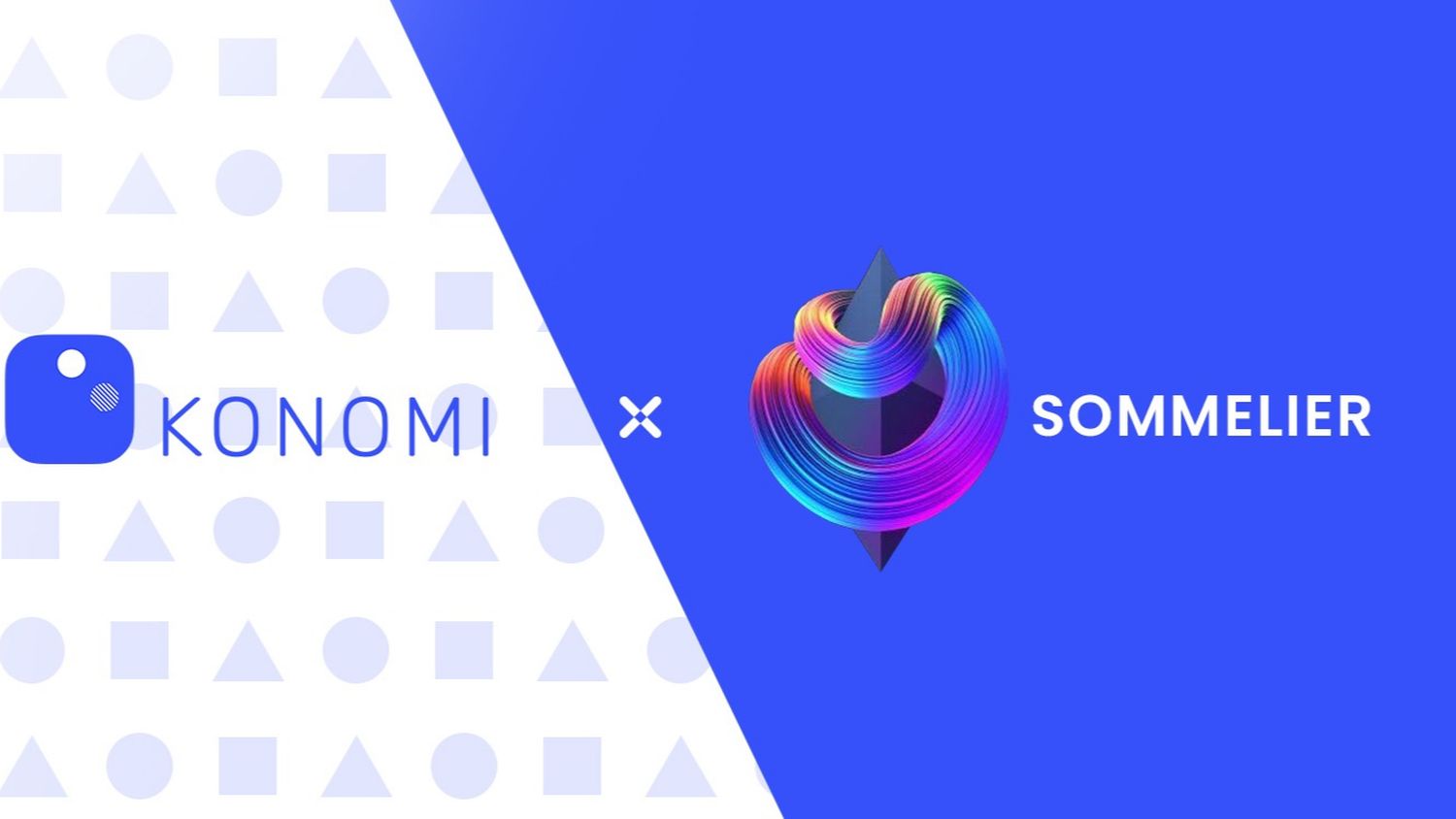
Introducing Sommelier LP Rewards Program

Sommelier This Week - April 1st 2021: Gravity Bridge and Private Testnets

Blockchain startup decides to acquire a California winery and host NFT wine parties
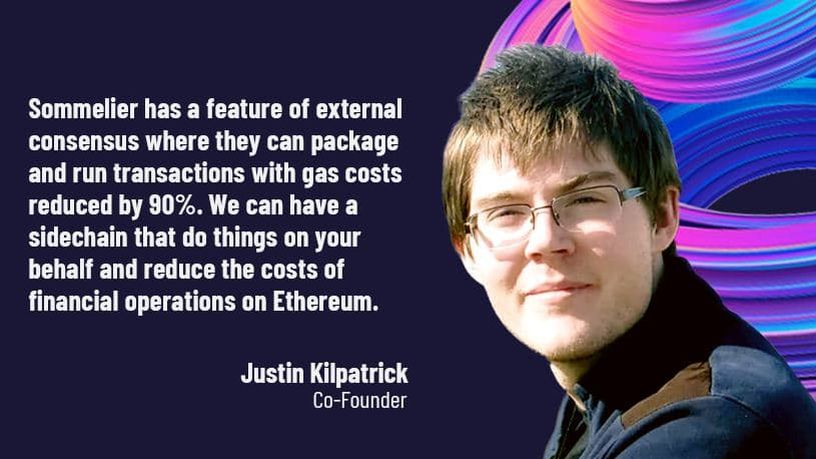
Introducing Justin Kilpatrick: The Blockchain Bridge Wizard Who Maintains Gravity

Five Ways UniswapV3 changes the world for Liquidity Providers on the AMM
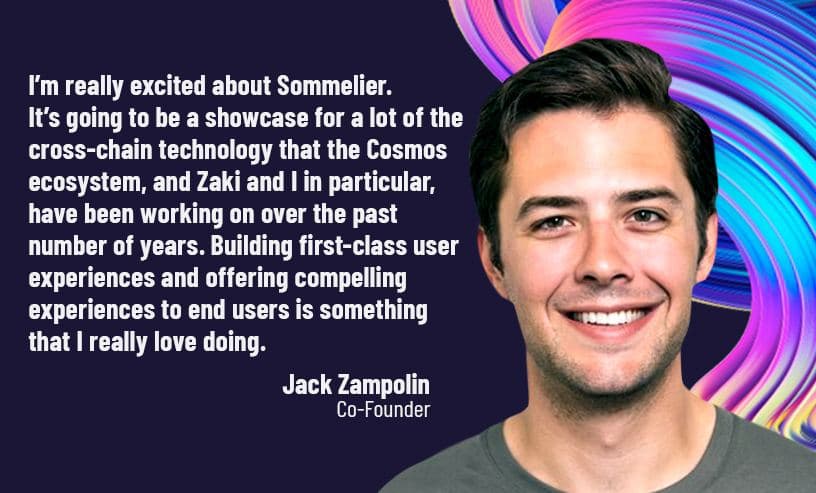
Introducing Jack Zampolin: On Becoming A Sommelier in The Cosmos
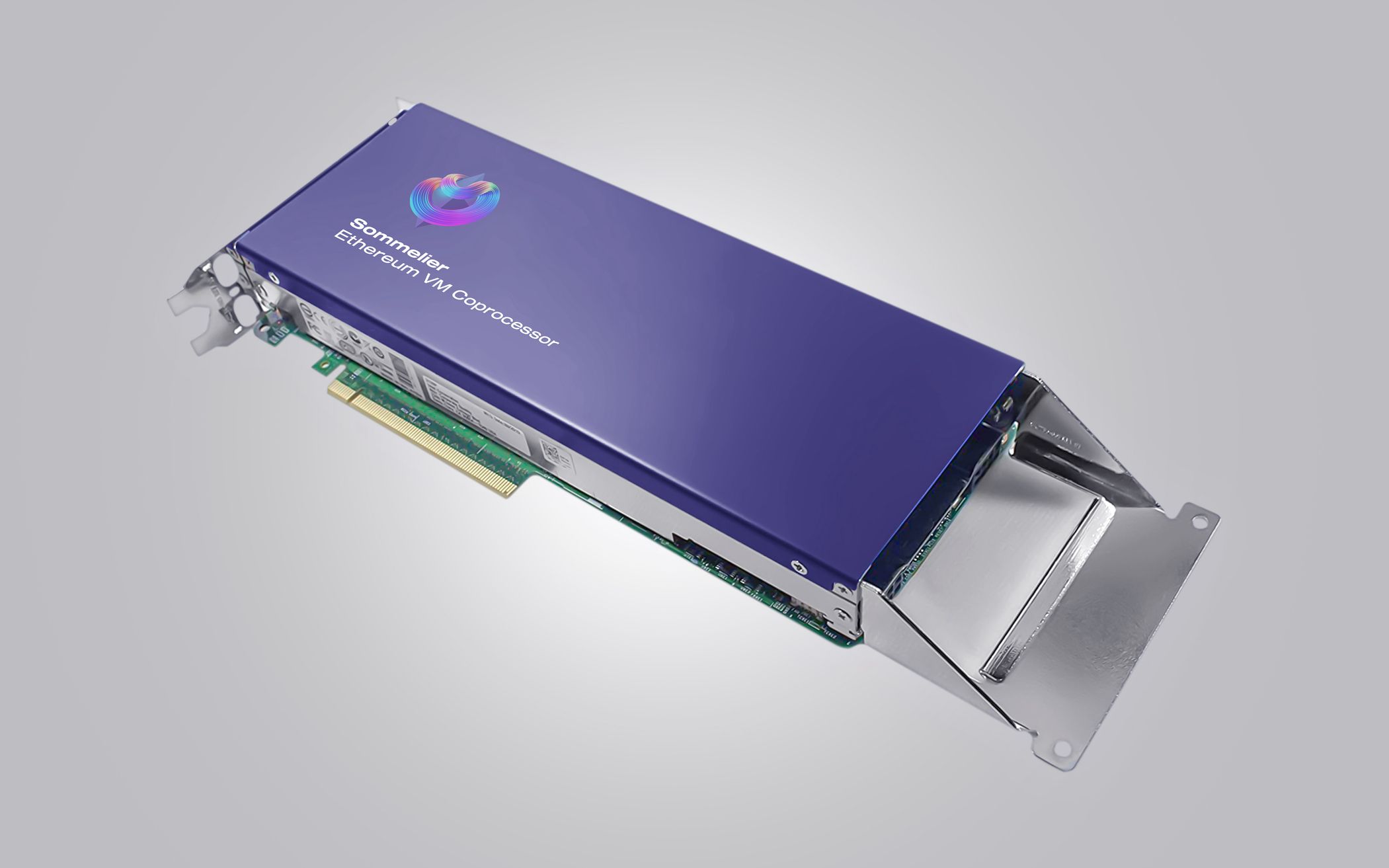
Sommelier: Welcome To The New CoProcessor For Ethereum
© 2025 Somm by Bajanss OÜ –Maakri 36-50, Tallinn, Estonia 10145